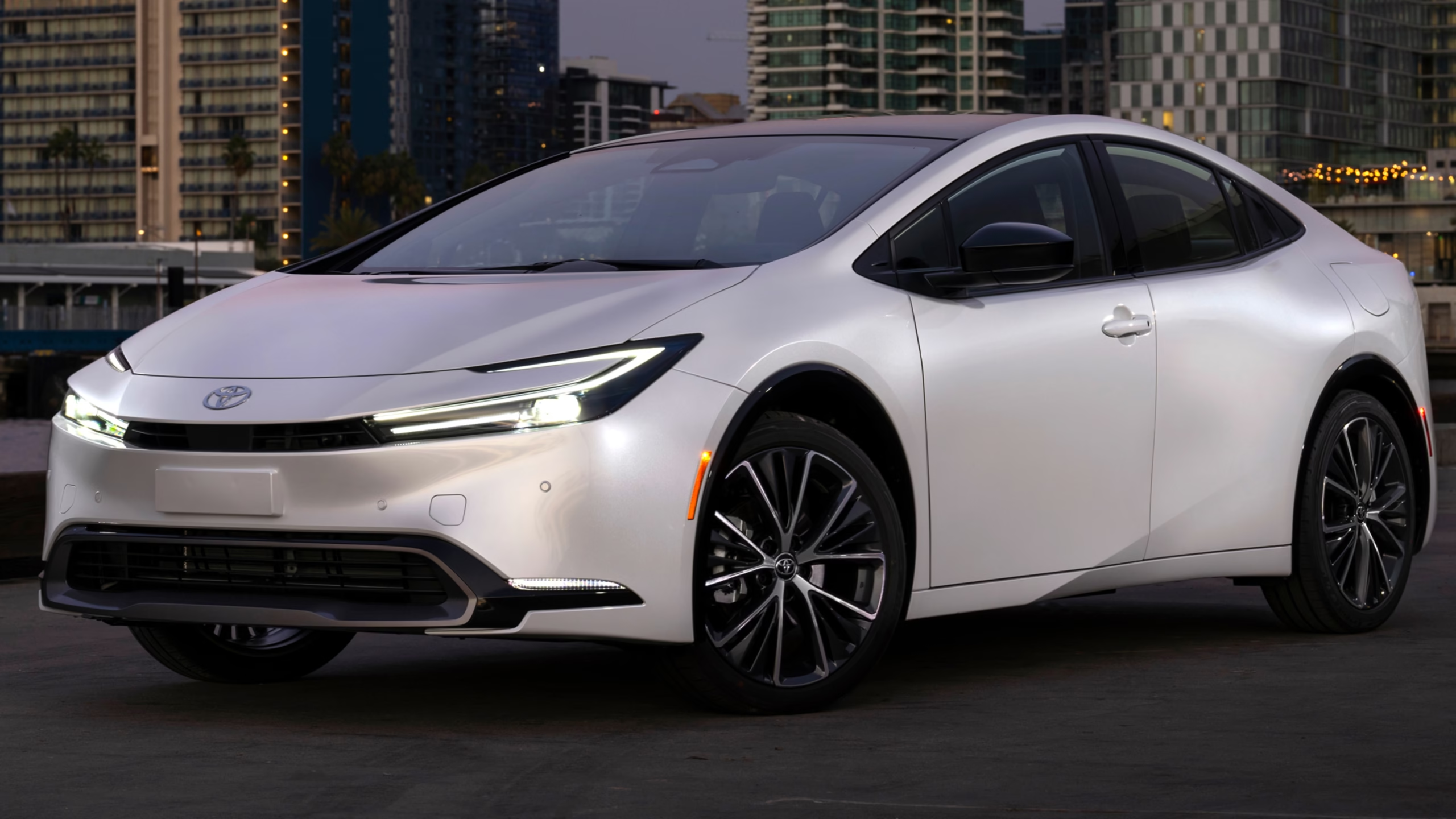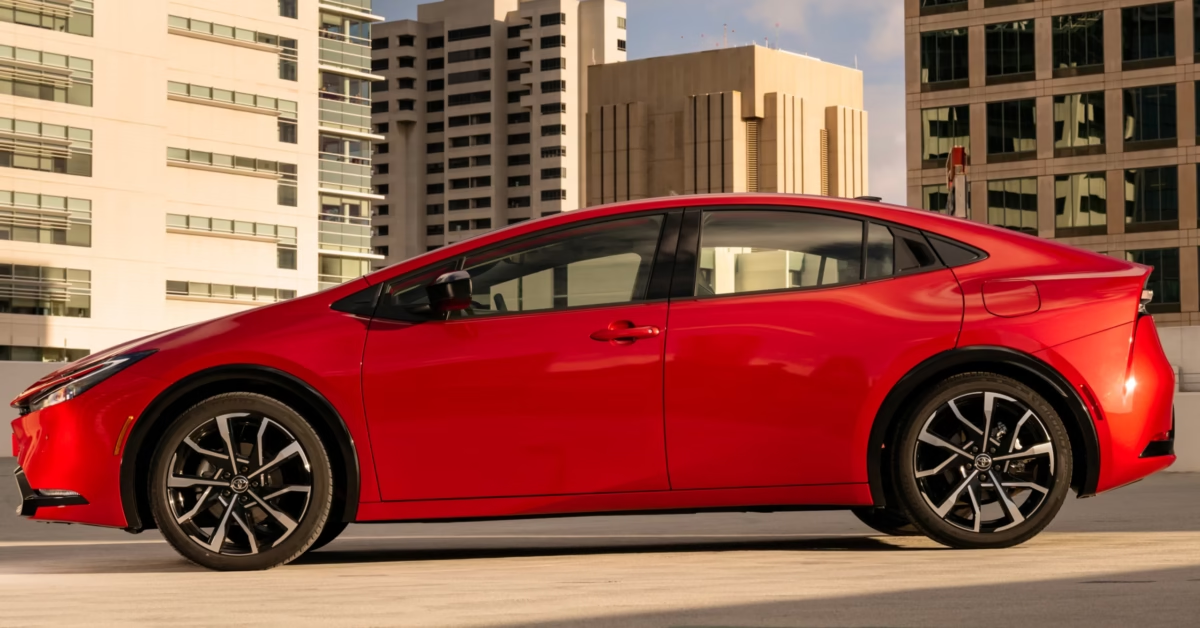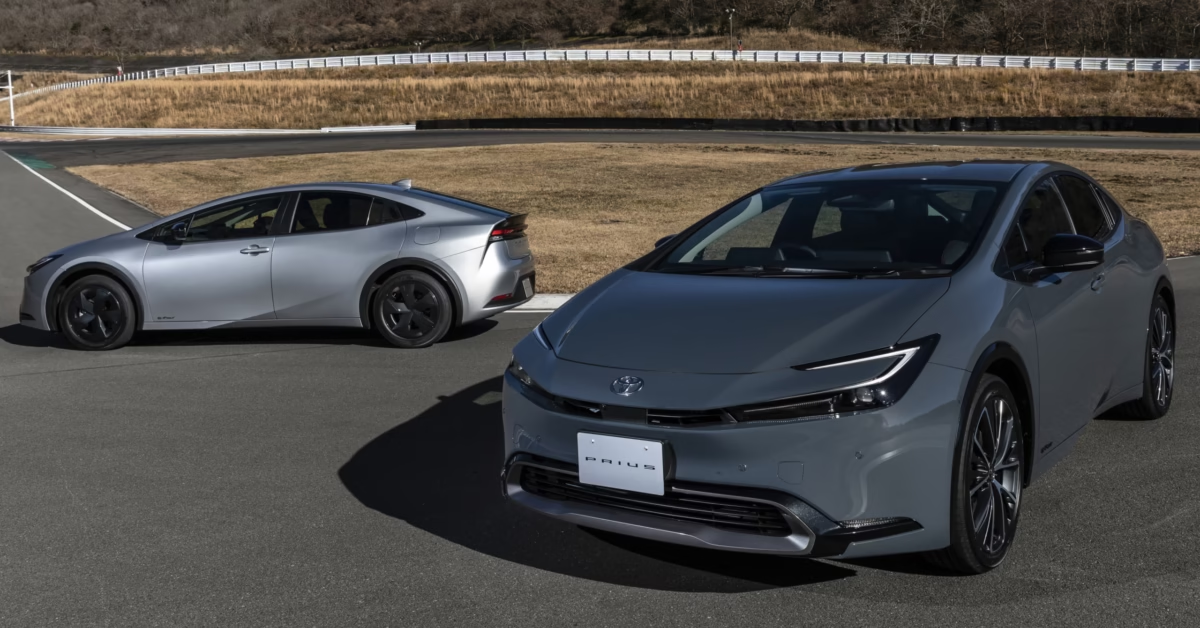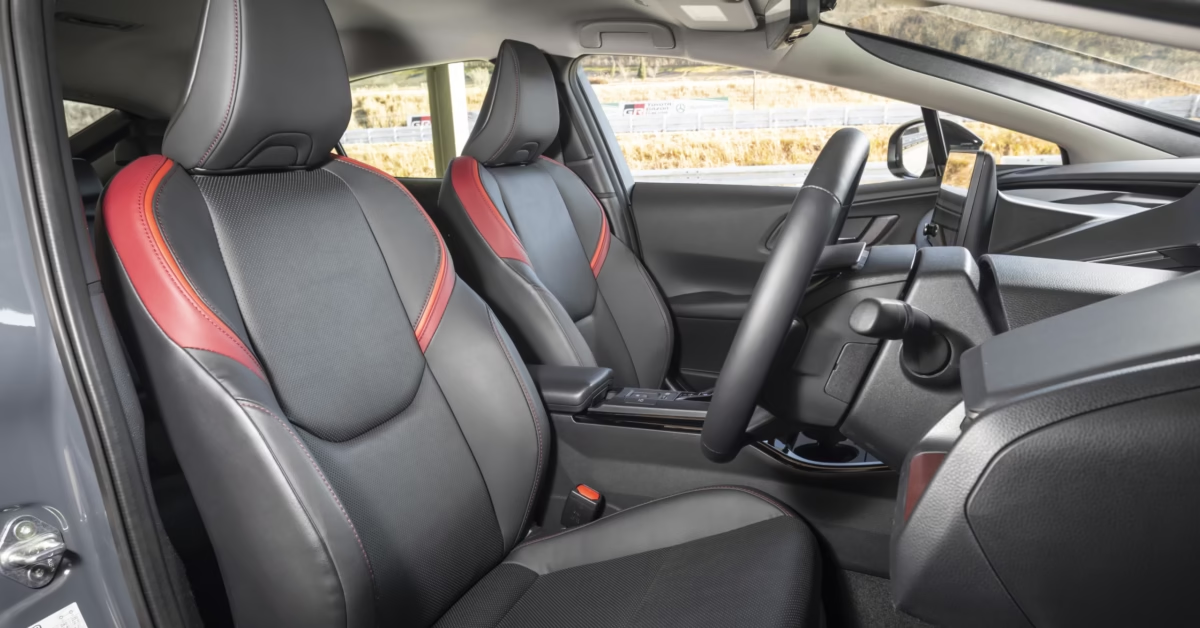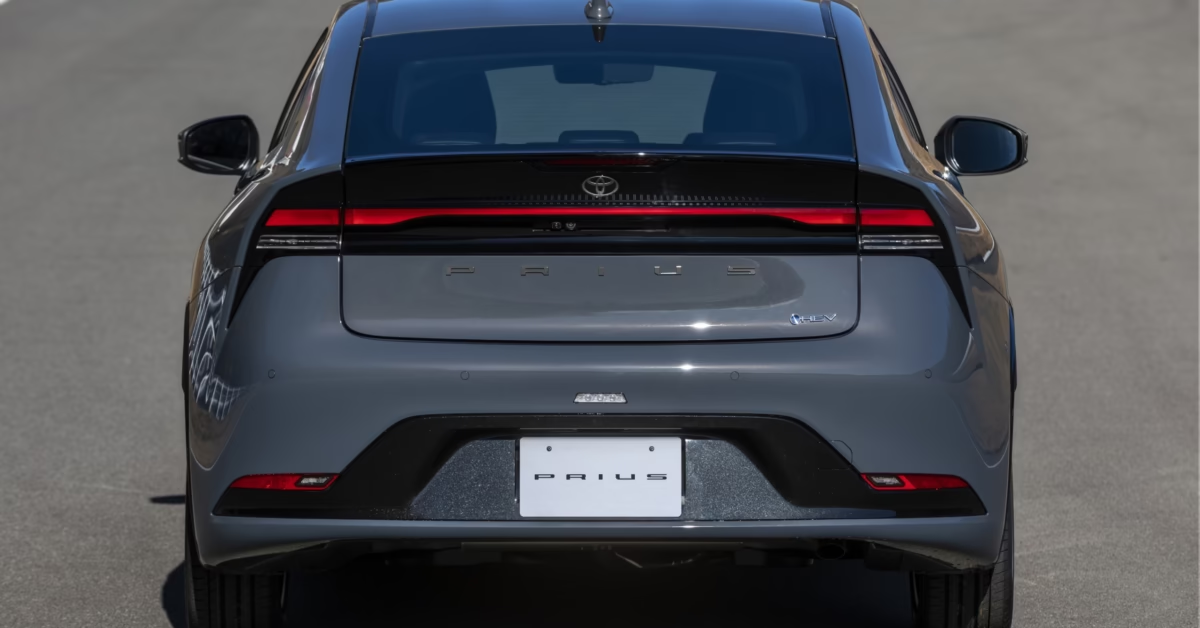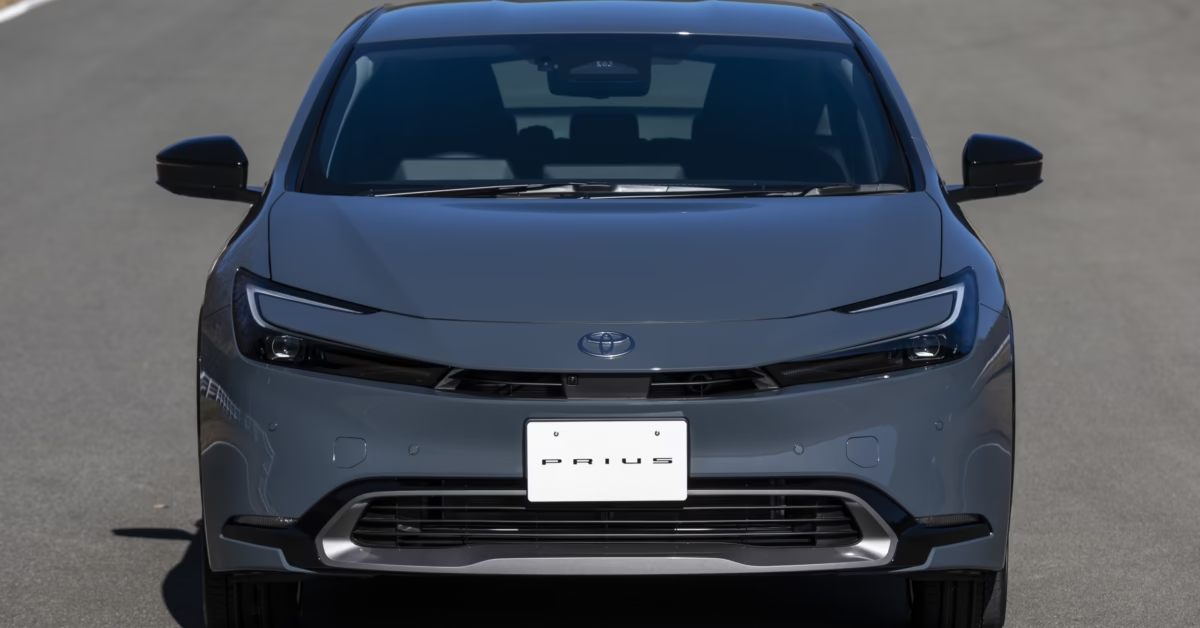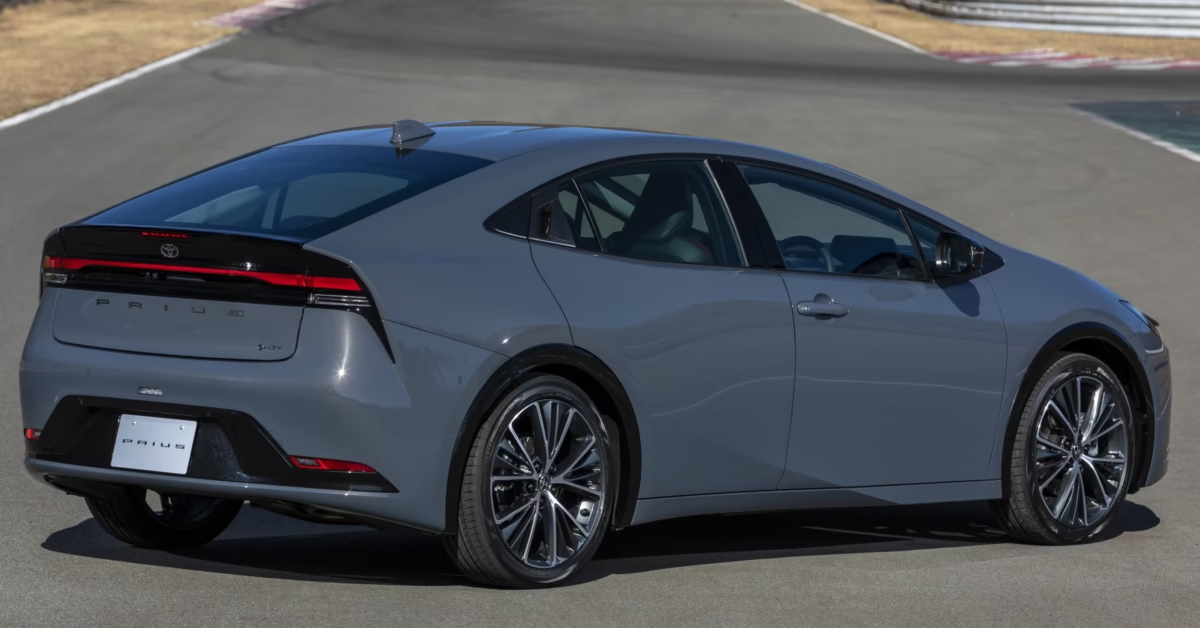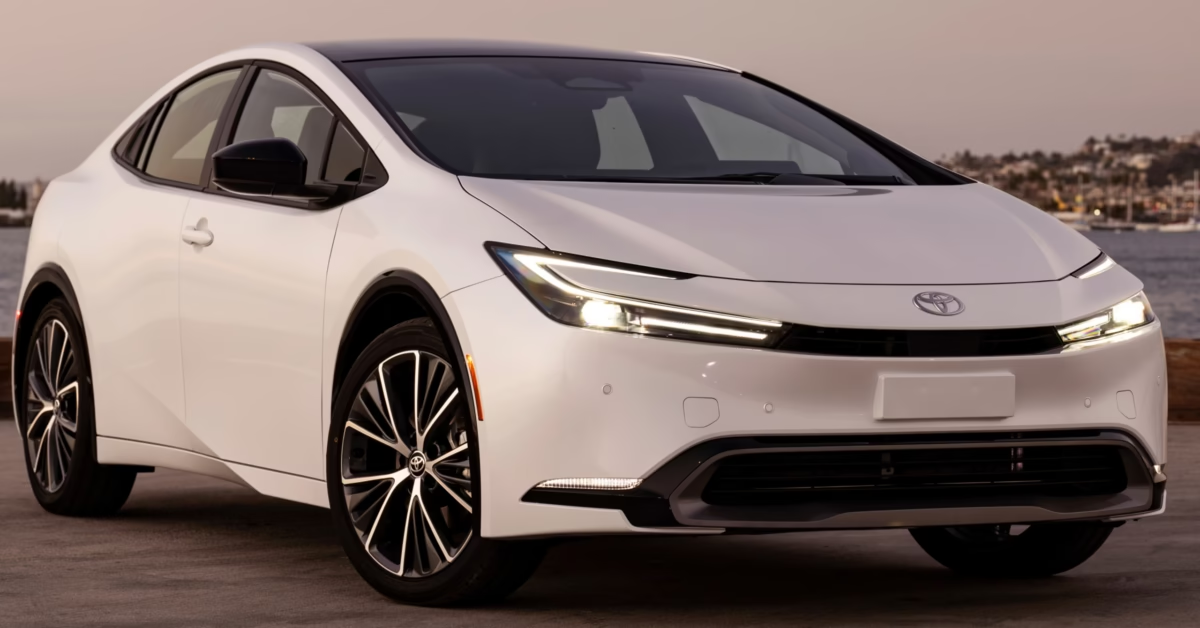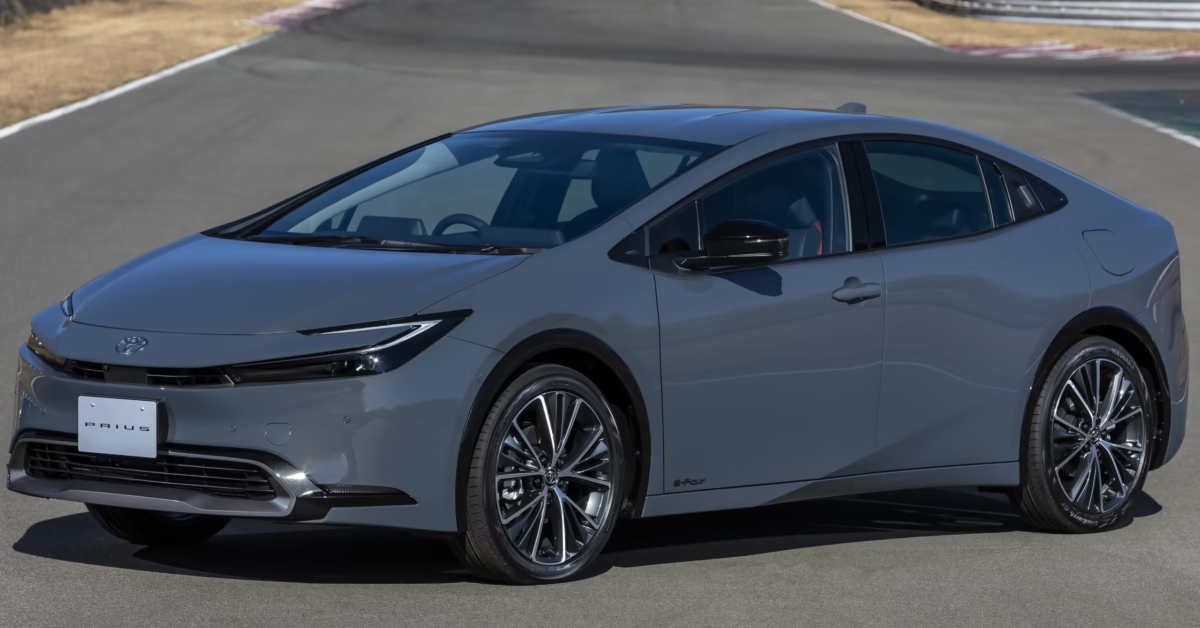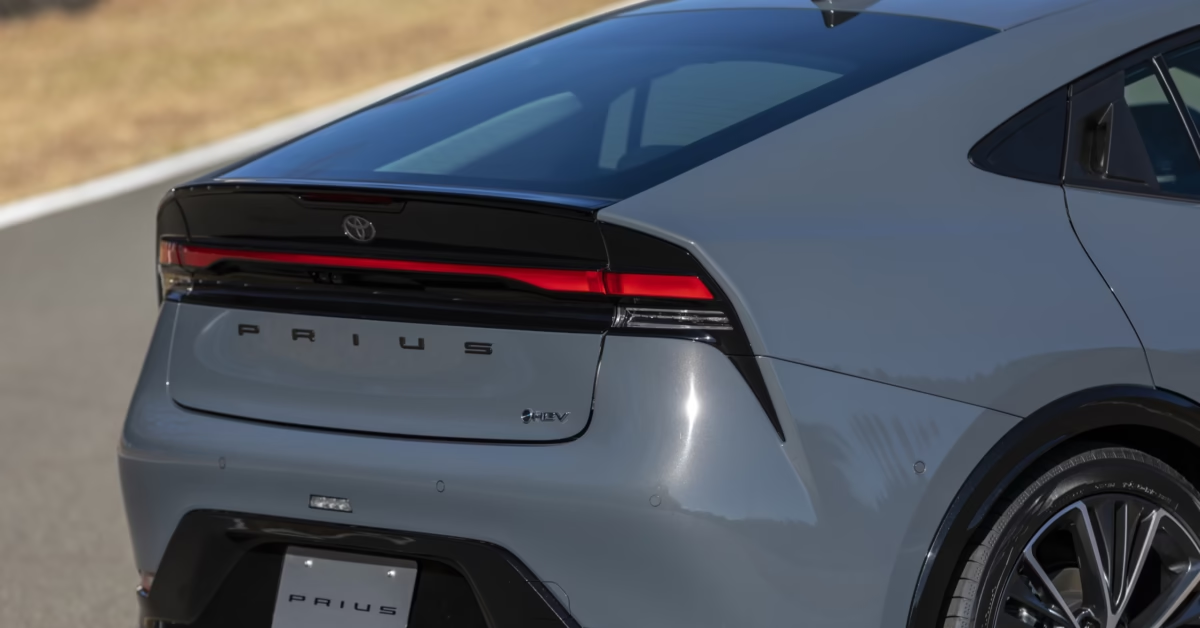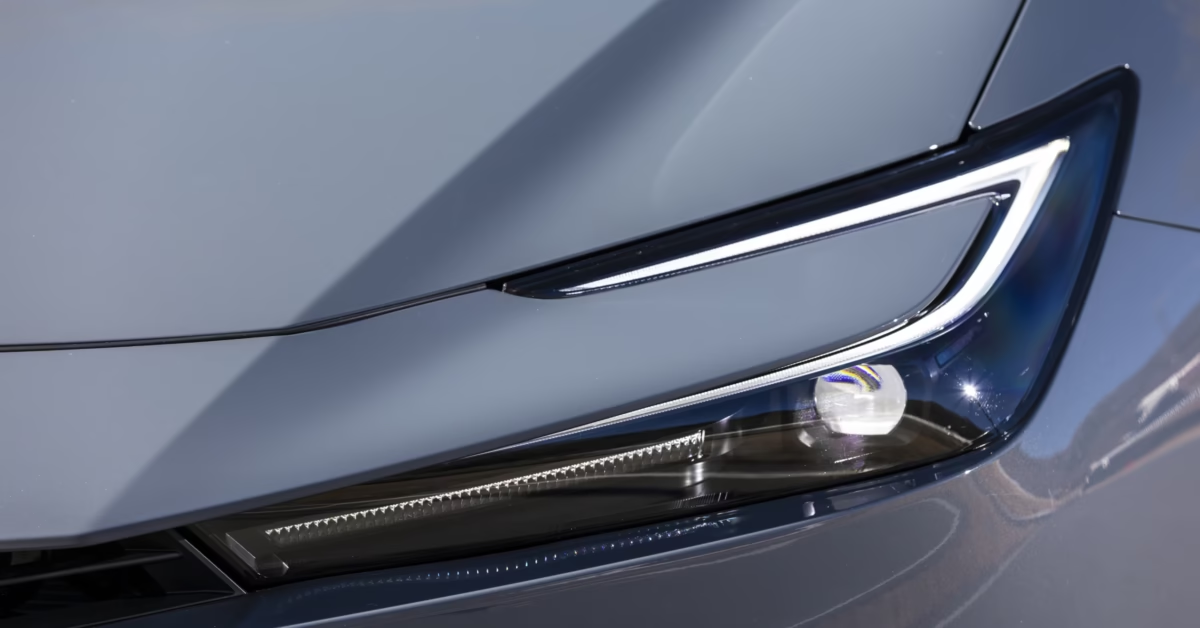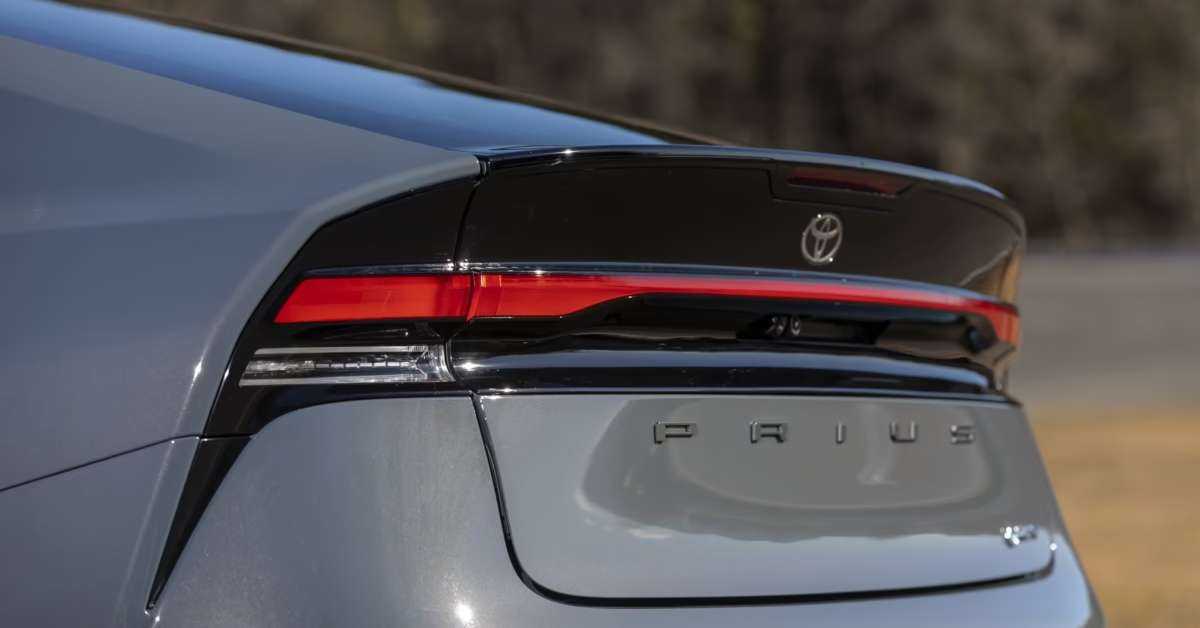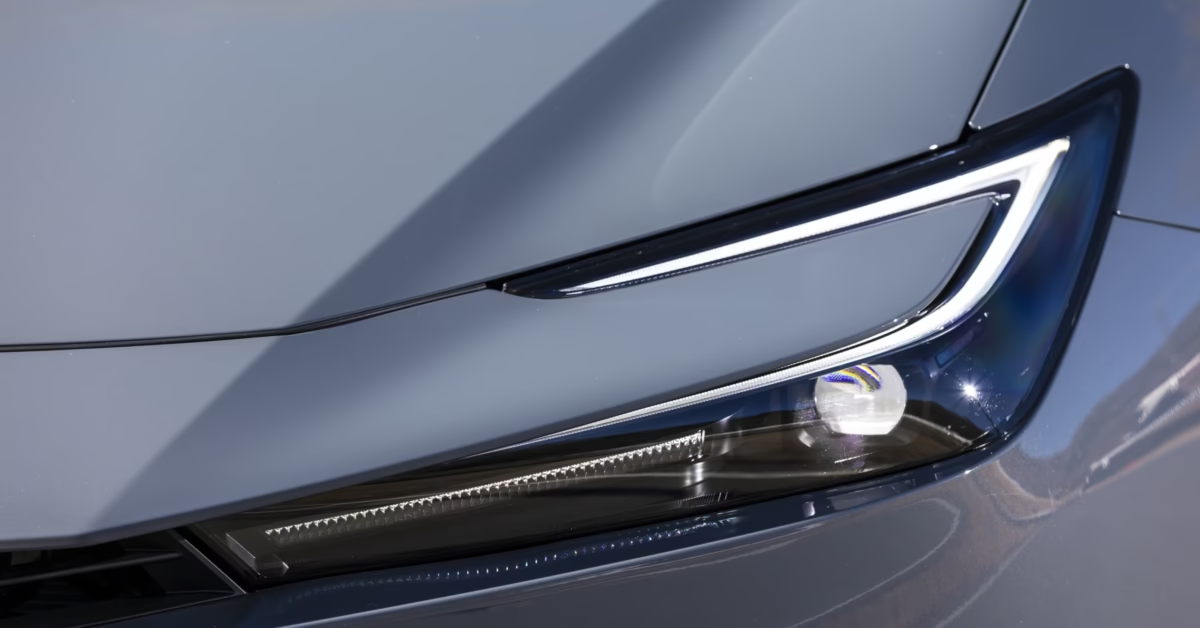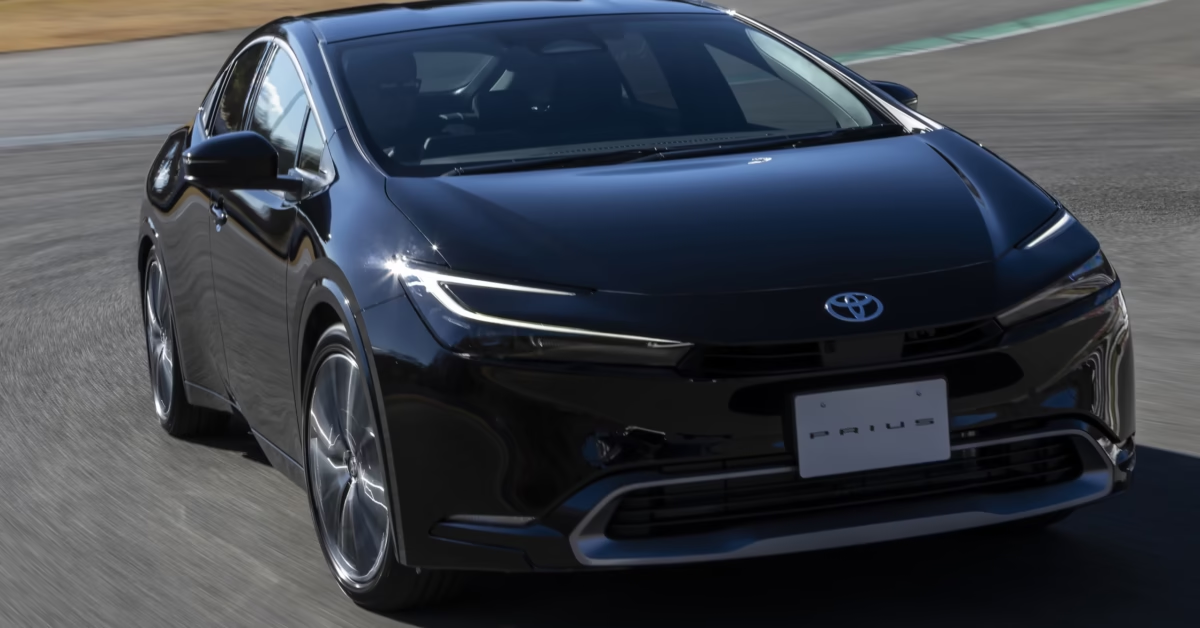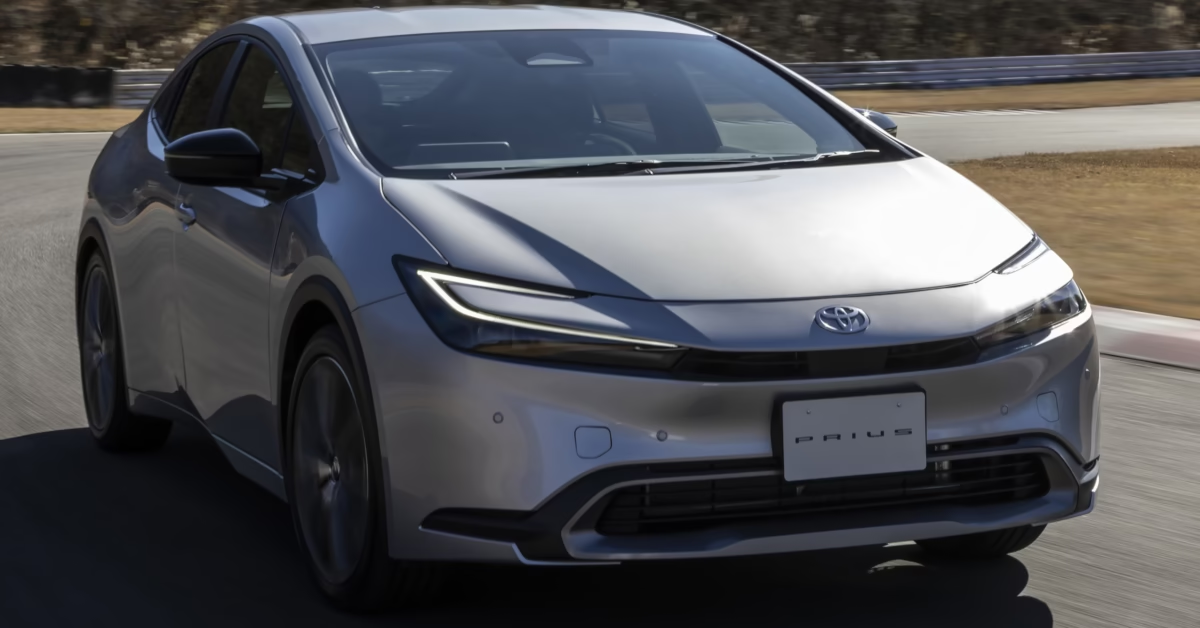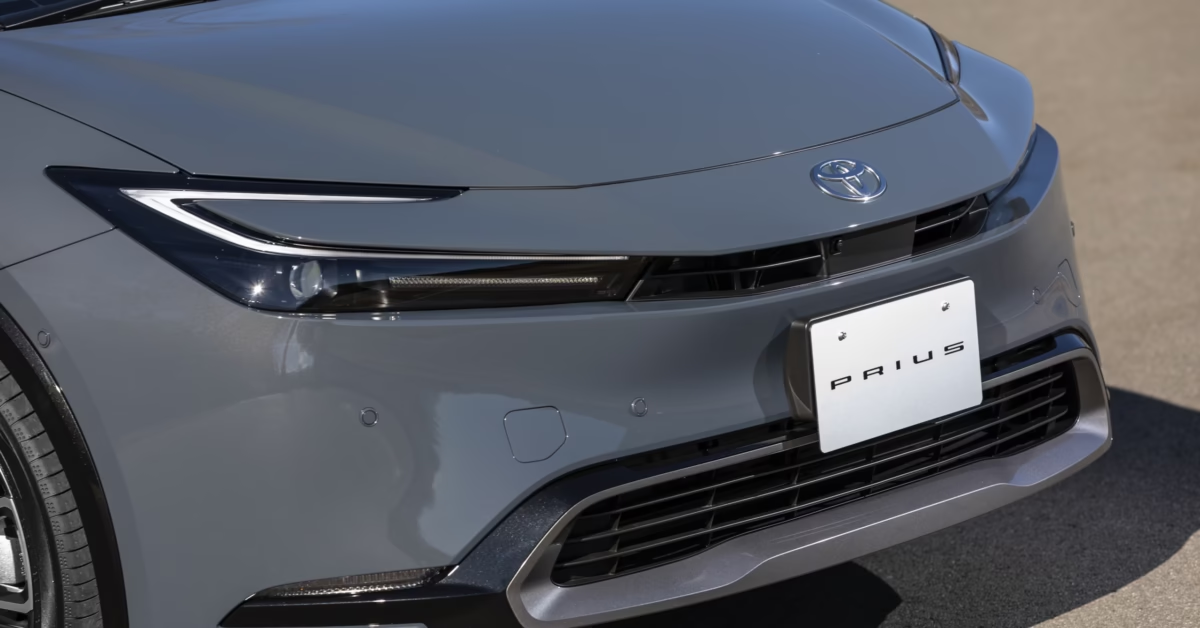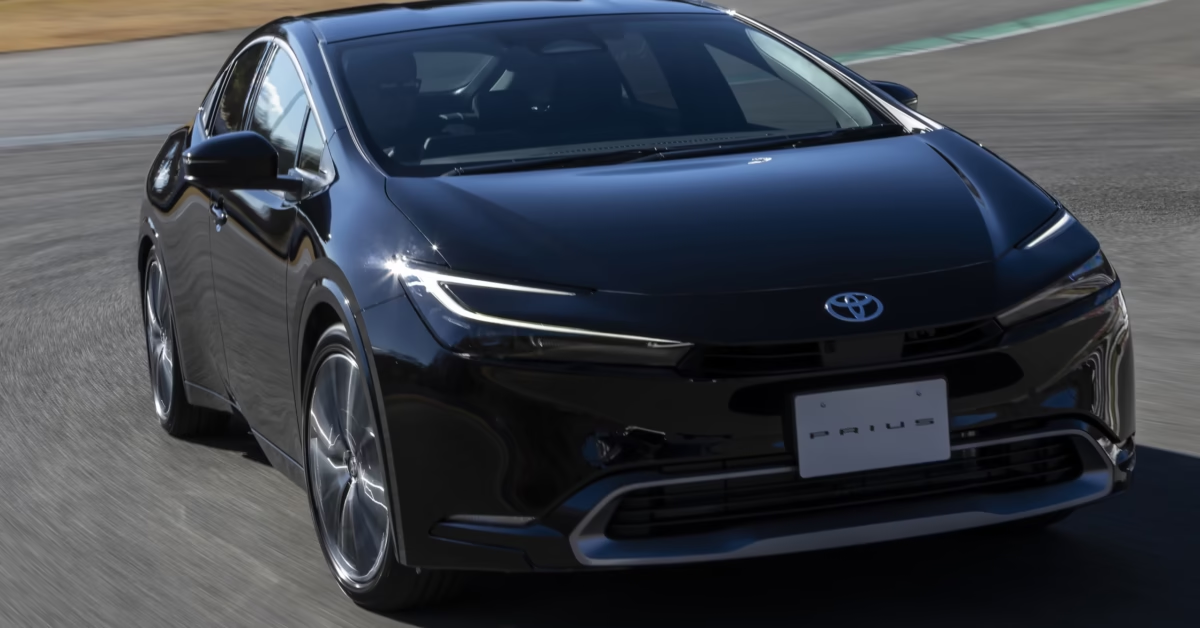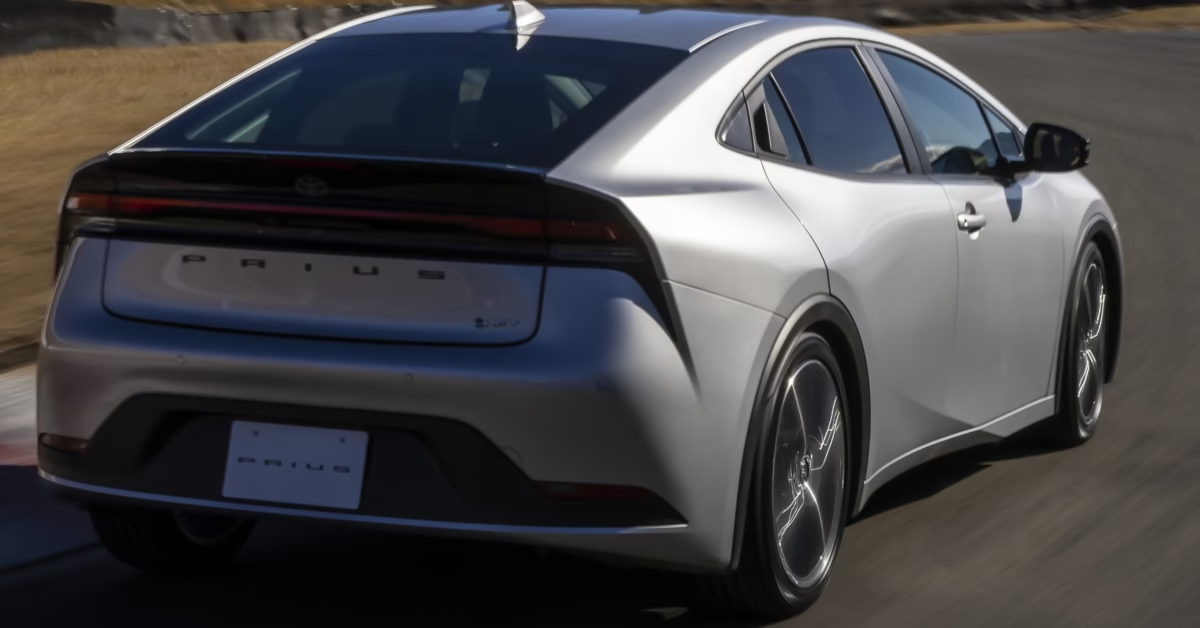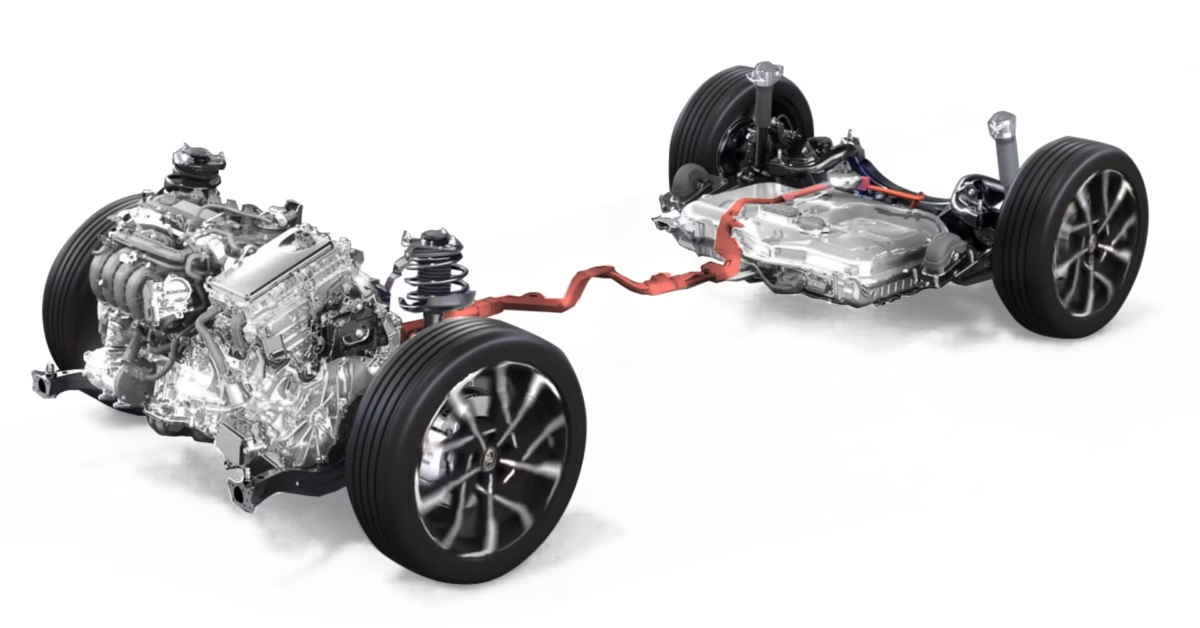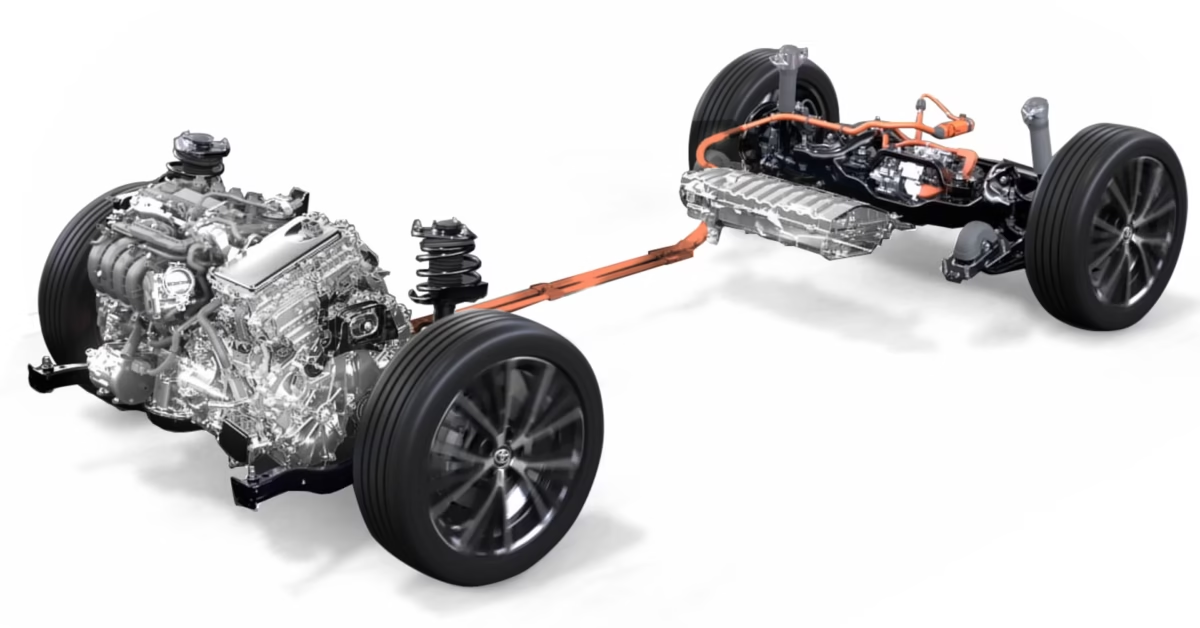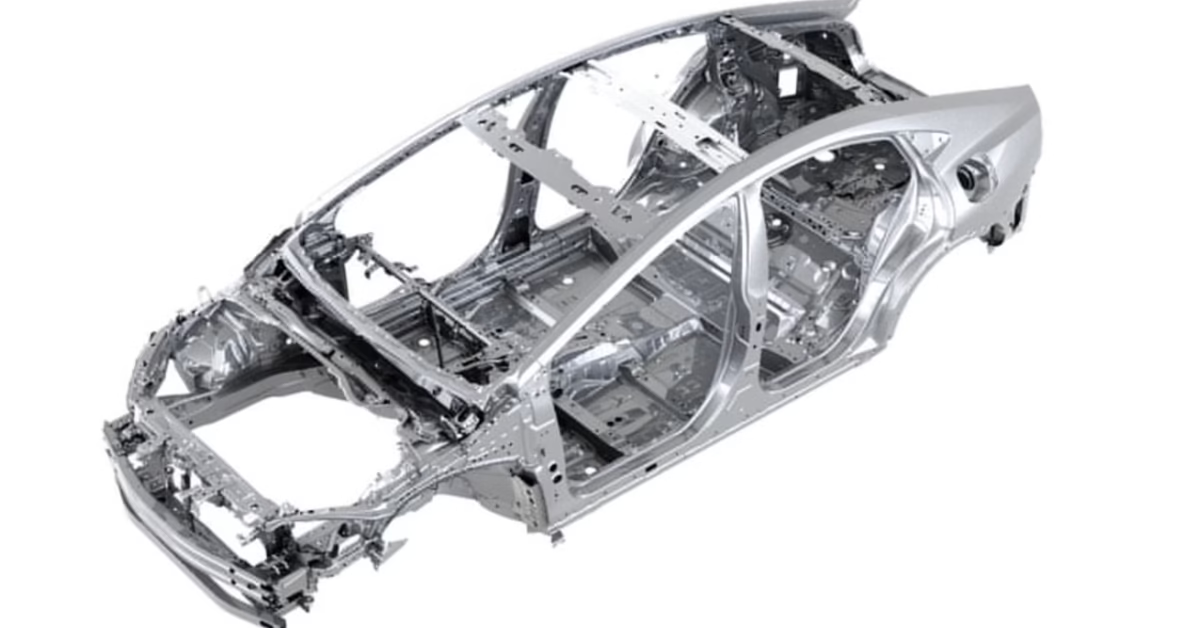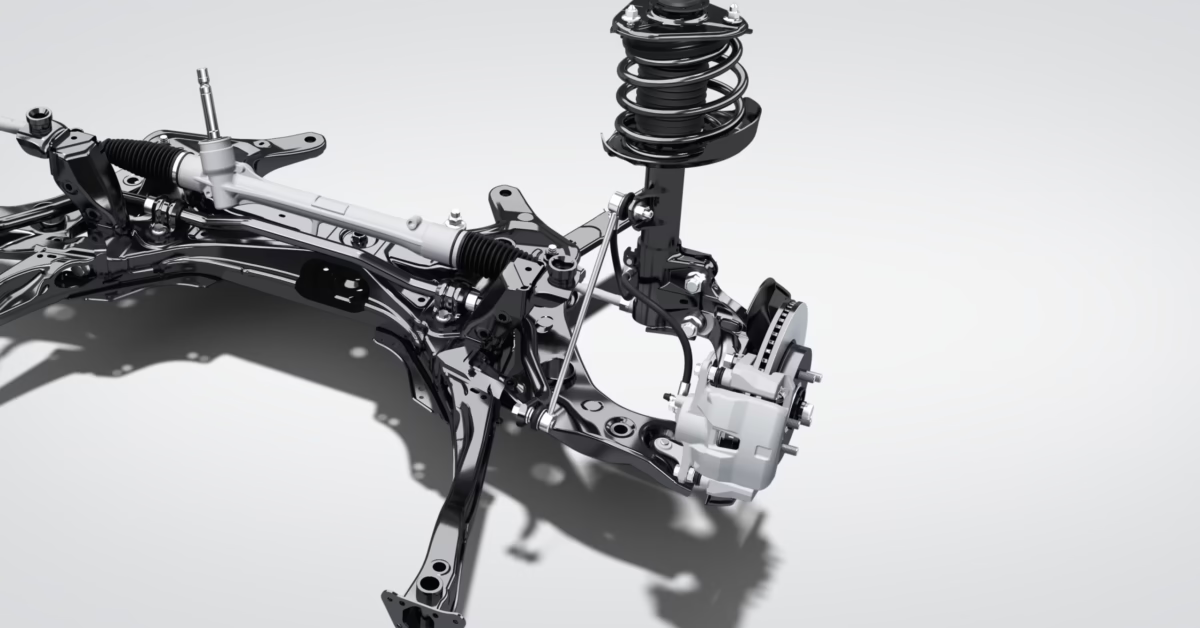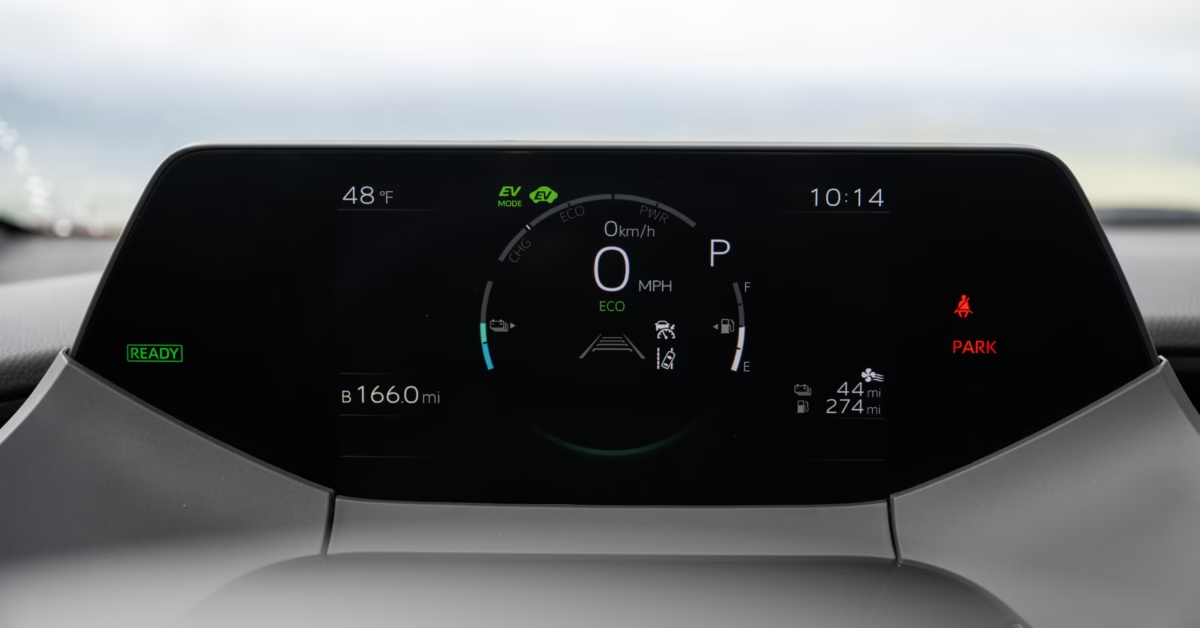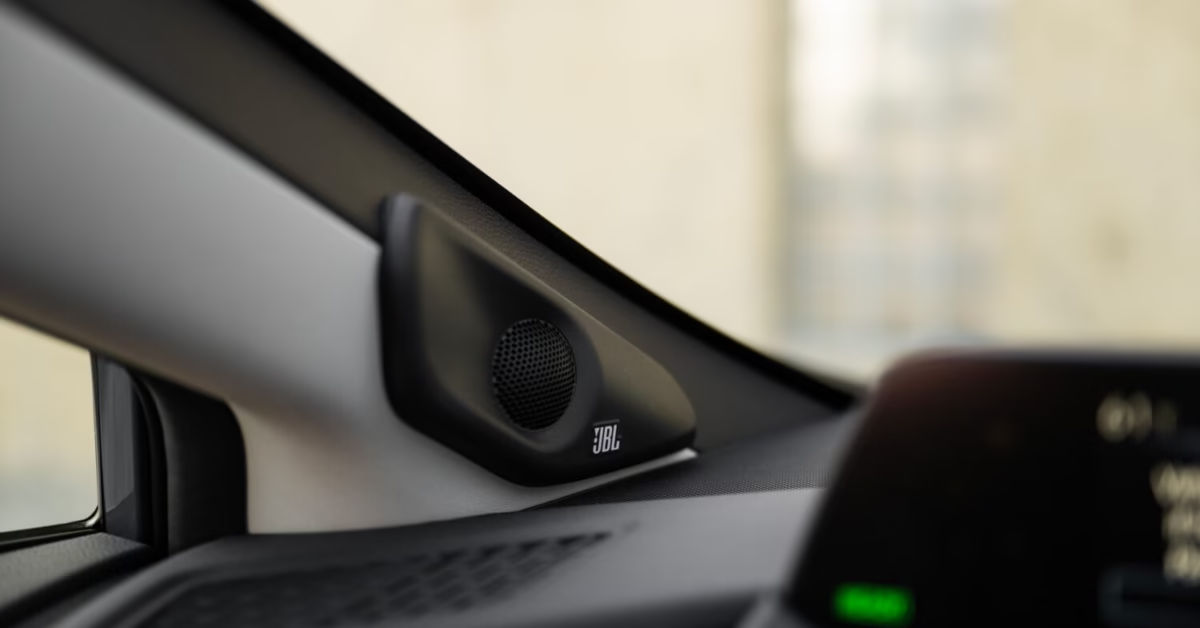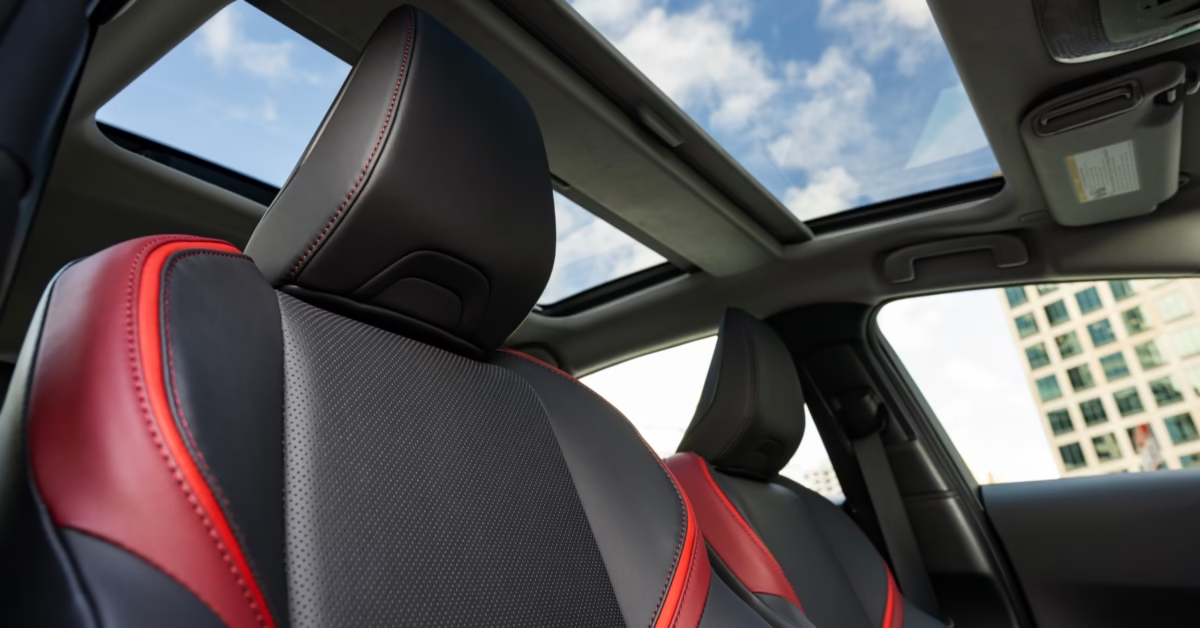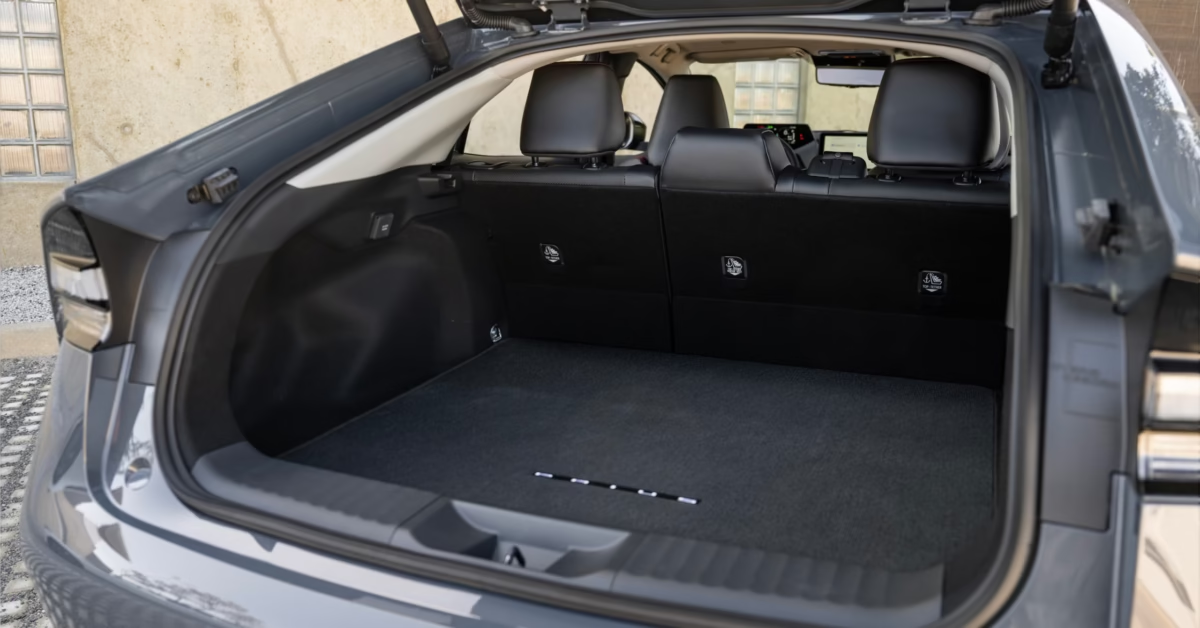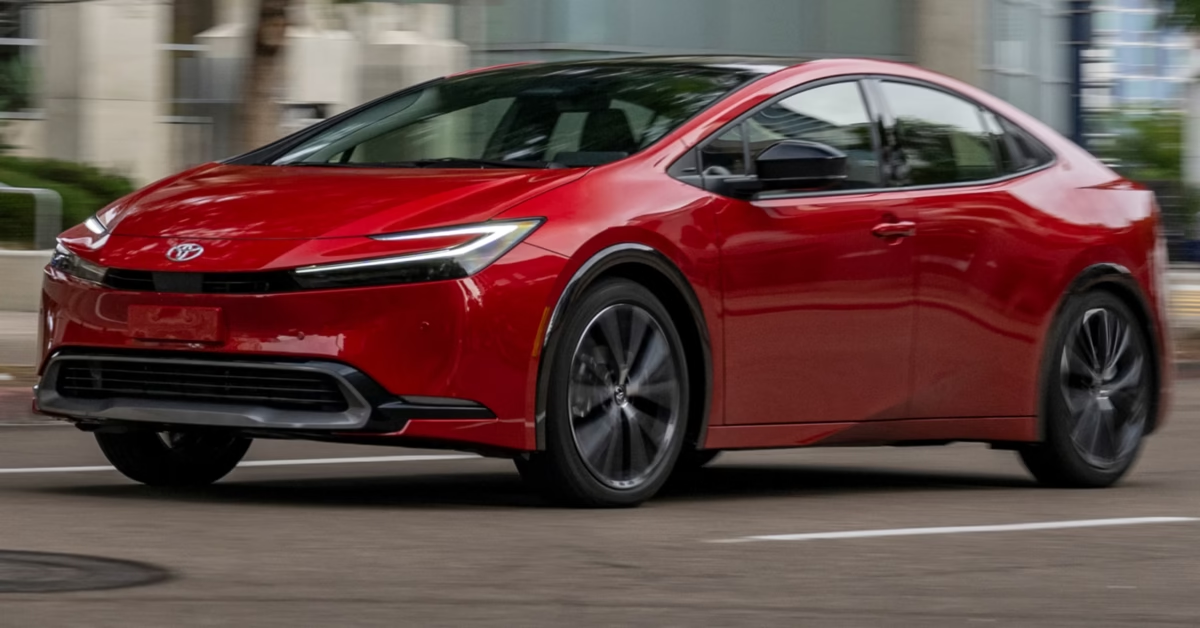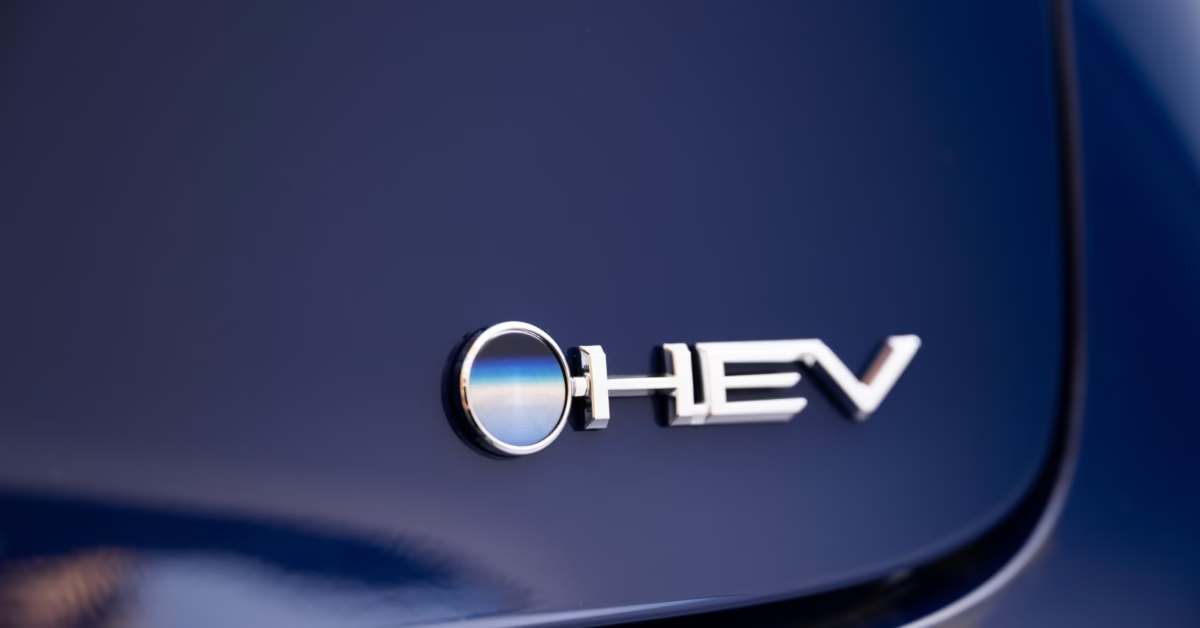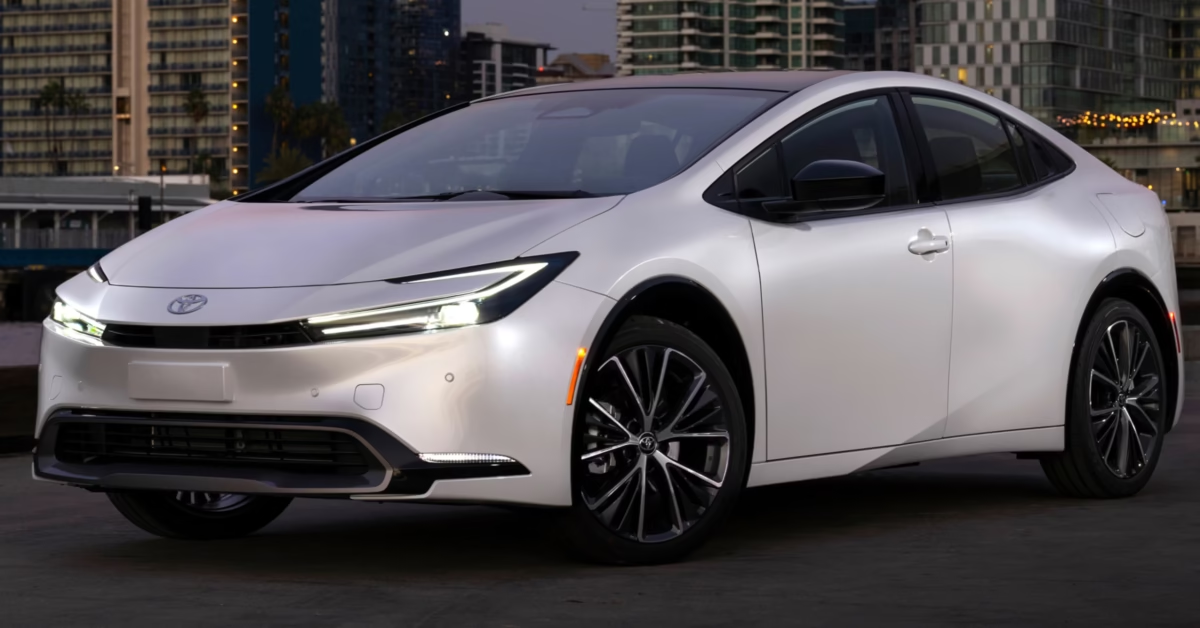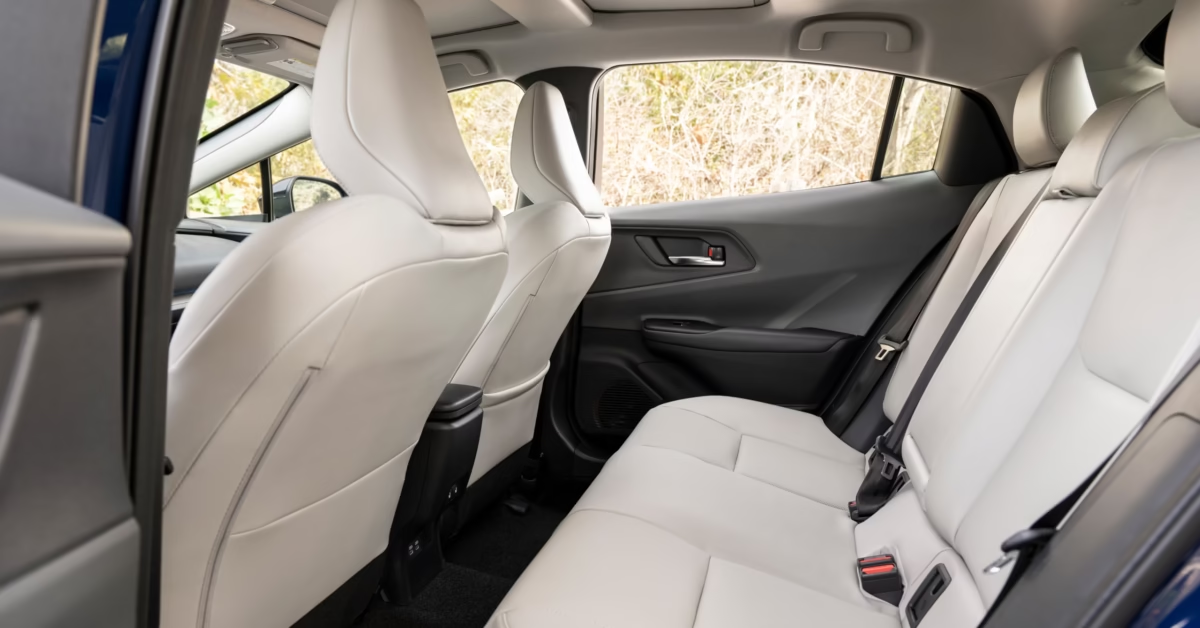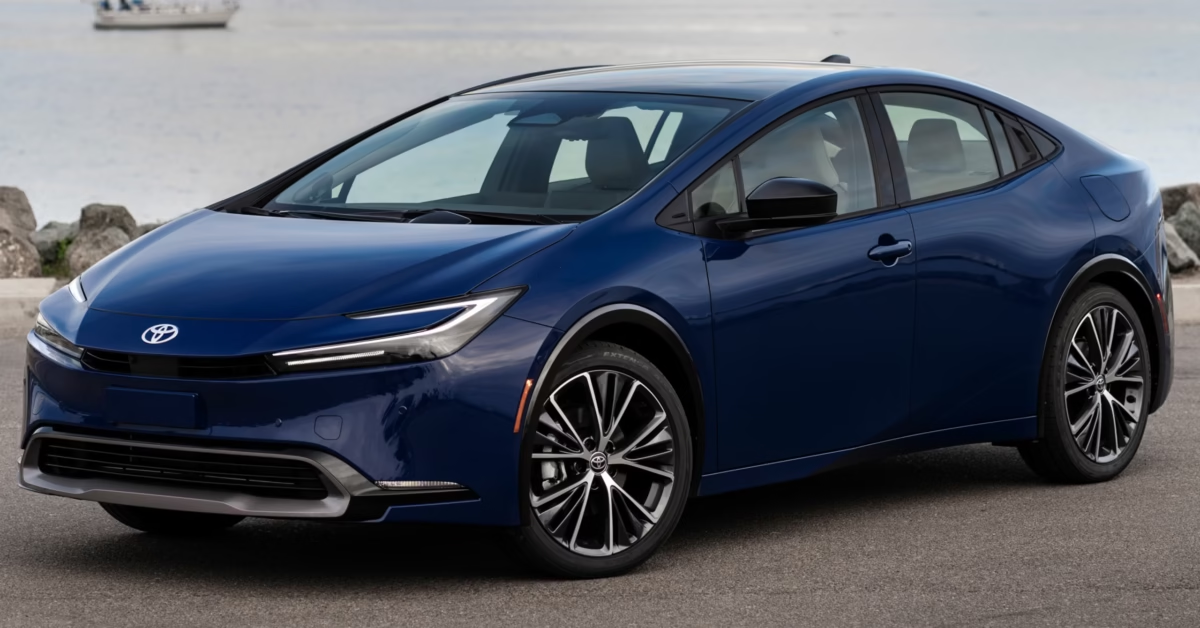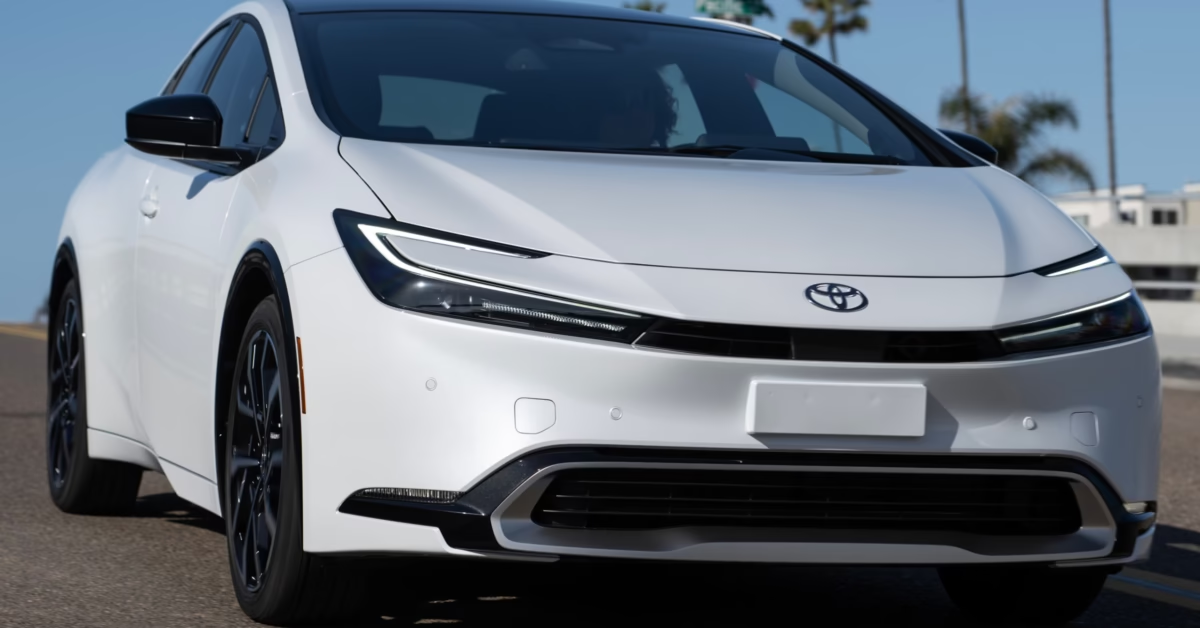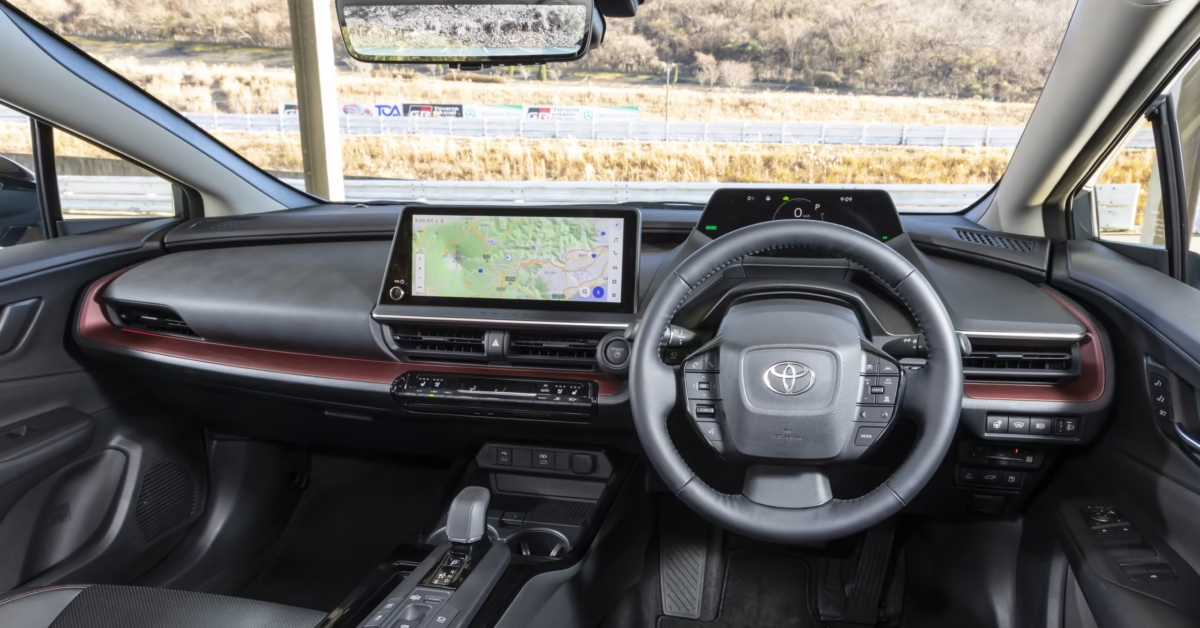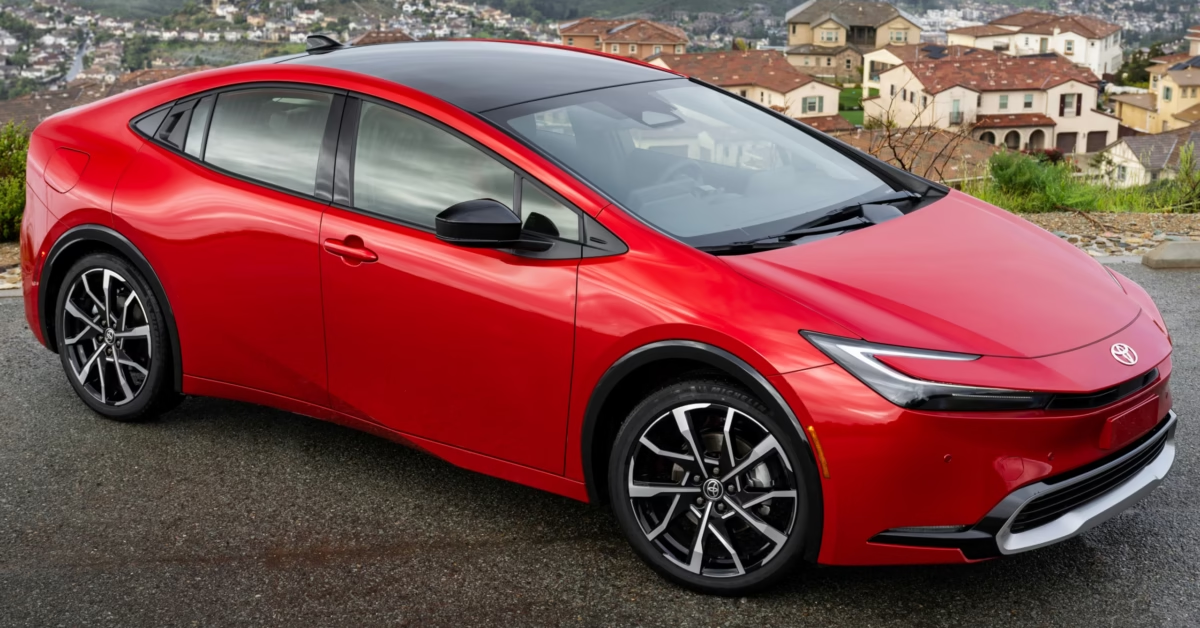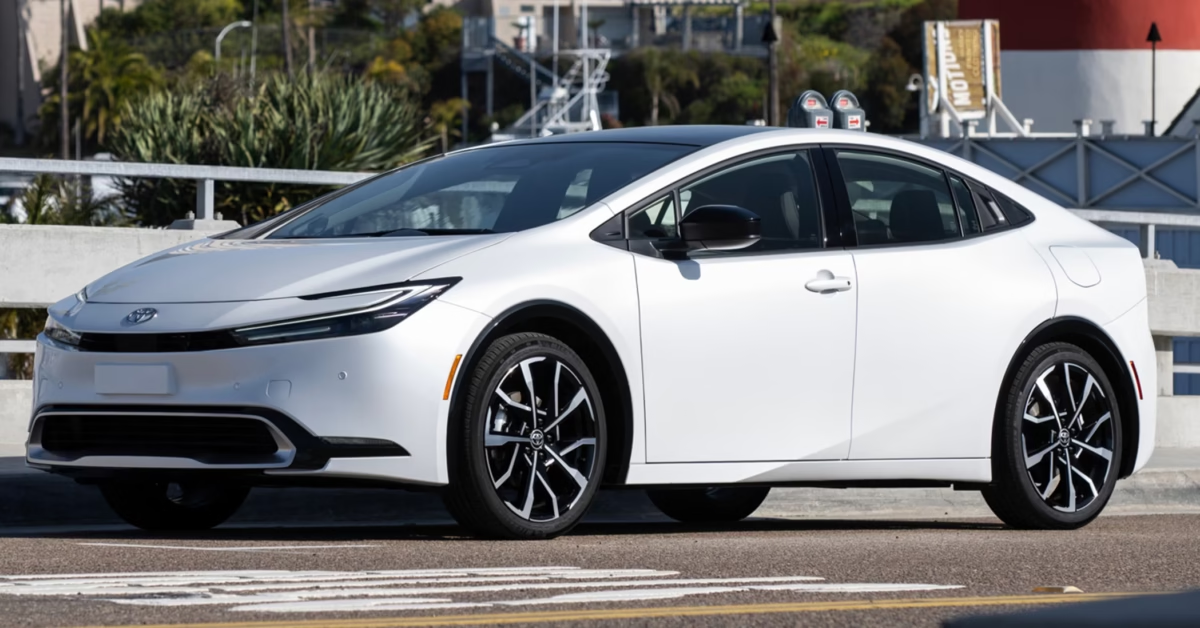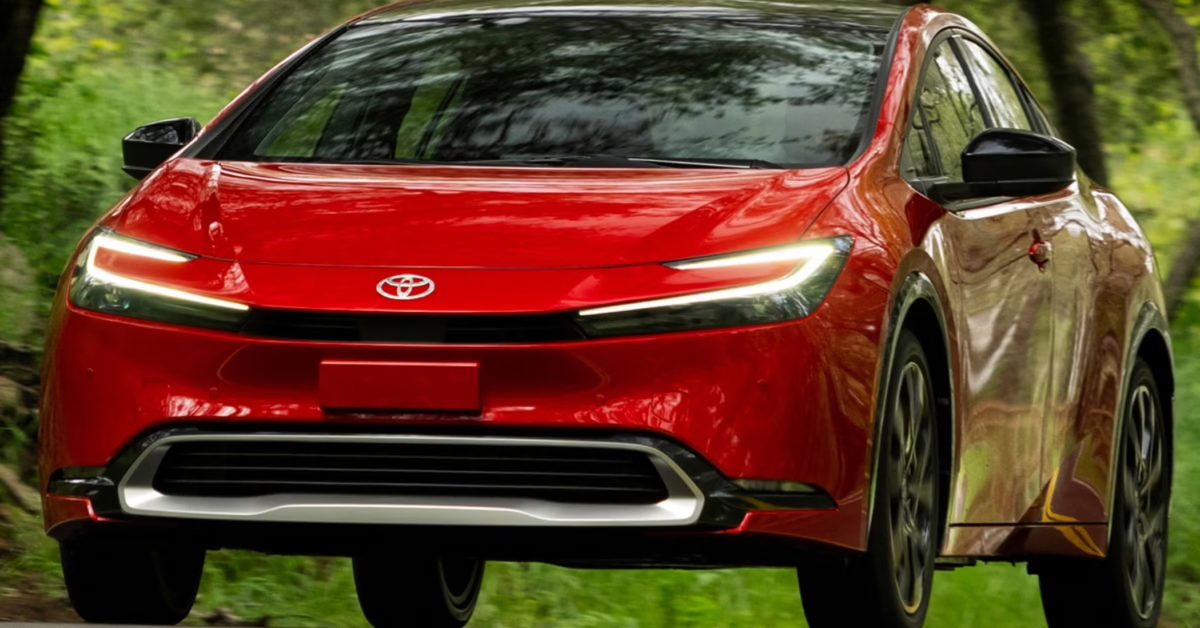Toyota completely redesigned its hybrid champion, the Prius in 2022. Since its inception in the late 1990s, the Prius has had four generations, with the latest version being the fifth generation. Unlike its predecessors, the Prius ditches its mundane look for a more modern and refined style. Toyota also adds exhilarating colours into the mix, creating a recipe enthusiasts will love at first sight. Despite its new redesign, the Prius retains its hybrid charm, providing drivers with hybrid and plug-in hybrid options.
Pros
- Striking design and colours
- Fuel efficient powertrains
- Punchy acceleration
- Engaging steering and handling
Cons
- Smaller rear passenger space
- Lesser boot space in the plug-in hybrids
What’s New?
Since its thorough redesign in 2022, the Prius doesn’t have any significant changes.
Trims and Pricing
| Trim | Manufacturer Suggested Price (KSh) (before import & taxes) |
| X (Hybrid 2WD) | 2,300,000 |
| X (Hybrid 4WD) | 2,500,000 |
| G (Hybrid 2WD) | 2,700,000 |
| G (Hybrid 4WD) | 2,900,000 |
| Z (Hybrid 2WD) | 3,100,000 |
| G (Plug-in Hybrid 2WD) | 3,300,000 |
| Z (Hybrid 4WD) | 3,300,000 |
| Z (Plug-in Hybrid 2WD) | 3,900,000 |
For the 2025 model year, the Prius is available in three main trims: X, G and Z. However, for each trim, Toyota offers a 2WD and 4WD variant and the G and Z trims get the plug-in hybrid options and they’re only available with the 2WD configuration.
As standard, the Prius X trim is only available with the 1.8-litre hybrid powertrain. The remaining two trims enjoy the more potent 2.0-litre hybrid or plug-in hybrid. Among the standard features in the X trim include: two colour options, active grey fabric seat covering, 17-inch wheels, 7-inch driver’s gauge cluster, black wheel arch moulding, black centre pillar garnish and a black rear bumper and front lower grill.
The Prius G trim introduced two more colour options, black high-grade fabric, 19-inch wheels, satin plated shift knob and an 8-inch infotainment screen. However, the Prius Z trim introduces more options like two more exterior colours bringing the total to six, a red or black synthetic leather interior and a 12.3-inch infotainment screen.
Engine, Performance and Transmission
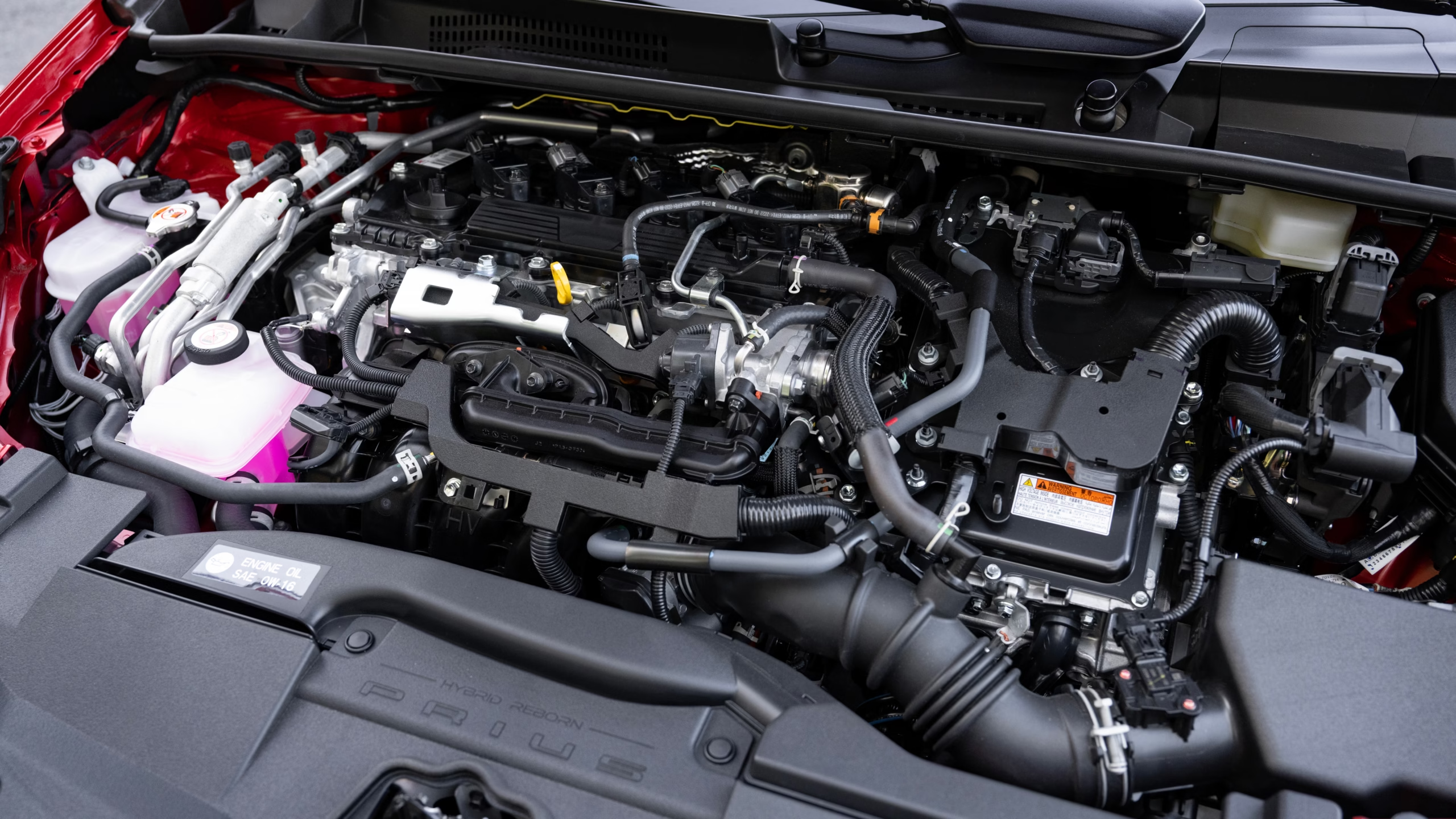
Toyota equips the Prius with a decent selection of powertrains. The most powerful powertrain is the plug-in hybrid, available with the M20A-FXS 2.0-litre engine and two electric motors. This powertrain produces 220 hp and 188 Nm of torque, allowing the Prius to jot from 0 to 100 km/h in 6.7 seconds. Despite its dynamic performance, this system also maintains the fuel efficiency of its predecessor.
The second most powerful powertrain is the hybrid variant that pairs the same engine with two motors. Unlike the plug-in hybrid powertrain, this version produces 196 hp and 188 Nm of torque in the 4WD models. However, for the 2WD models, power is slightly reduced to 194 hp. Fortunately, this doesn’t largely impact the 0 to 100 km/h times with the 4WD models managing a 7.4-second time and the 2WD models coming in at 7.6 seconds.
The 1.8-litre hybrid is the least powerful powertrain, producing a total of 138 hp and 142 Nm of torque. Despite its lower performance figures, the 1.8-litre hybrid is the most efficient powertrain in the lineup. It boasts an impressive combined fuel economy rating of 32.6 km/L in the 2WD configuration.
All models use a continuously variable automatic transmission (CVT).
Fuel Economy
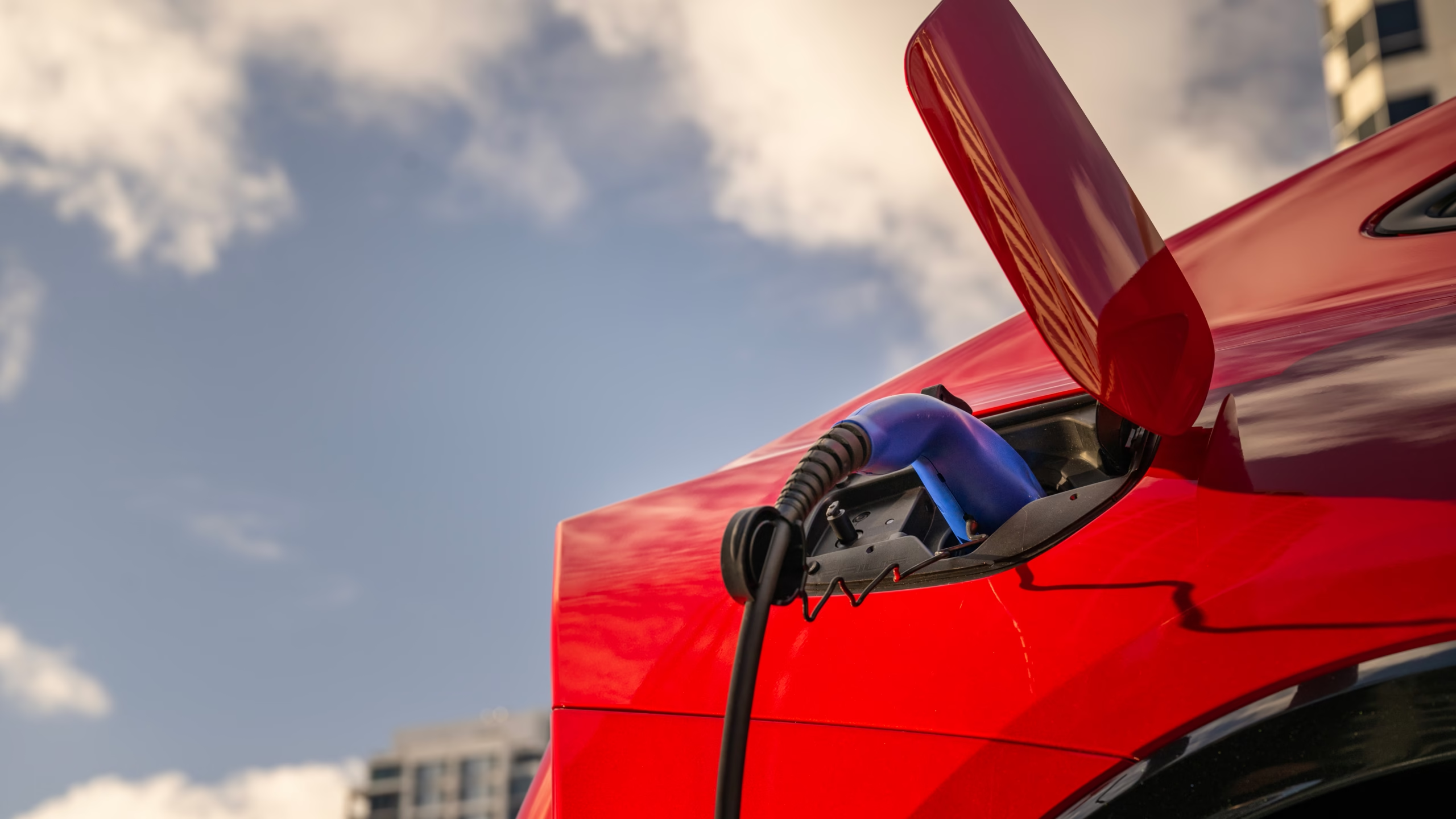
2.0-litre engine (M20A-FXS), plug-in hybrid system and 17-inch wheels:
- EV range with a full charge is 105 km
- City – 27 km/L
- Highway – 28.9 km/L
- Combined – 30.1 km/L
- Suburban – 34.4 km/L
2.0-litre engine (M20-FXS), plug-in hybrid system and 19-inch wheels:
- EV range with a full charge is 87 km
- City – 23.7 km/L
- Highway – 25.5 km/L
- Combined – 26.0 km/L
- Suburban – 28.7 km/L
2.0 litre engine (M20A-FXS, hybrid system 17-inch wheels:
- City (2WD) – 28.3 km/L
- Highway (2WD) – 30.7 km/L
- Combined (2WD) – 31.5 km/L
- Suburban (2WD) – 35.5 km/L
- City (4WD) – 25.2 km/L
- Highway (4WD) – 29.3 km/L
- Combined (4WD) – 29.2 km/L
- Suburban (4WD) – 32.3 km/L
2.0-litre engine (M20A-FXS, hybrid system 19-inch wheels:
- City (2WD) – 26.0 km/L
- Highway (2WD) – 28.2 km/L
- Combined (2WD) – 28.6 km/L
- Suburban (2WD) – 31.1 km/L
- City (4WD) – 23.4 km/L
- Highway (4WD) – 26.8 km/L
- Combined (4WD) – 26.7 km/L
- Suburban (4WD) – 29.3 km/L
1.8-litre engine (2ZR-FXE) and hybrid system:
- City (2WD) – 29.9 km/L
- Highway (2WD) – 31.2 km/L
- Combined (2WD) – 32.6 km/L
- Suburban (2WD) – 37.3 km/L
- Combined (4WD) – 30.7 km/L
- City (4WD) – 27.6 km/L
- Highway (4WD) – 29.8 km/L
- Suburban (4WD) – 34.9 km/L
Interior Room and Cargo Space
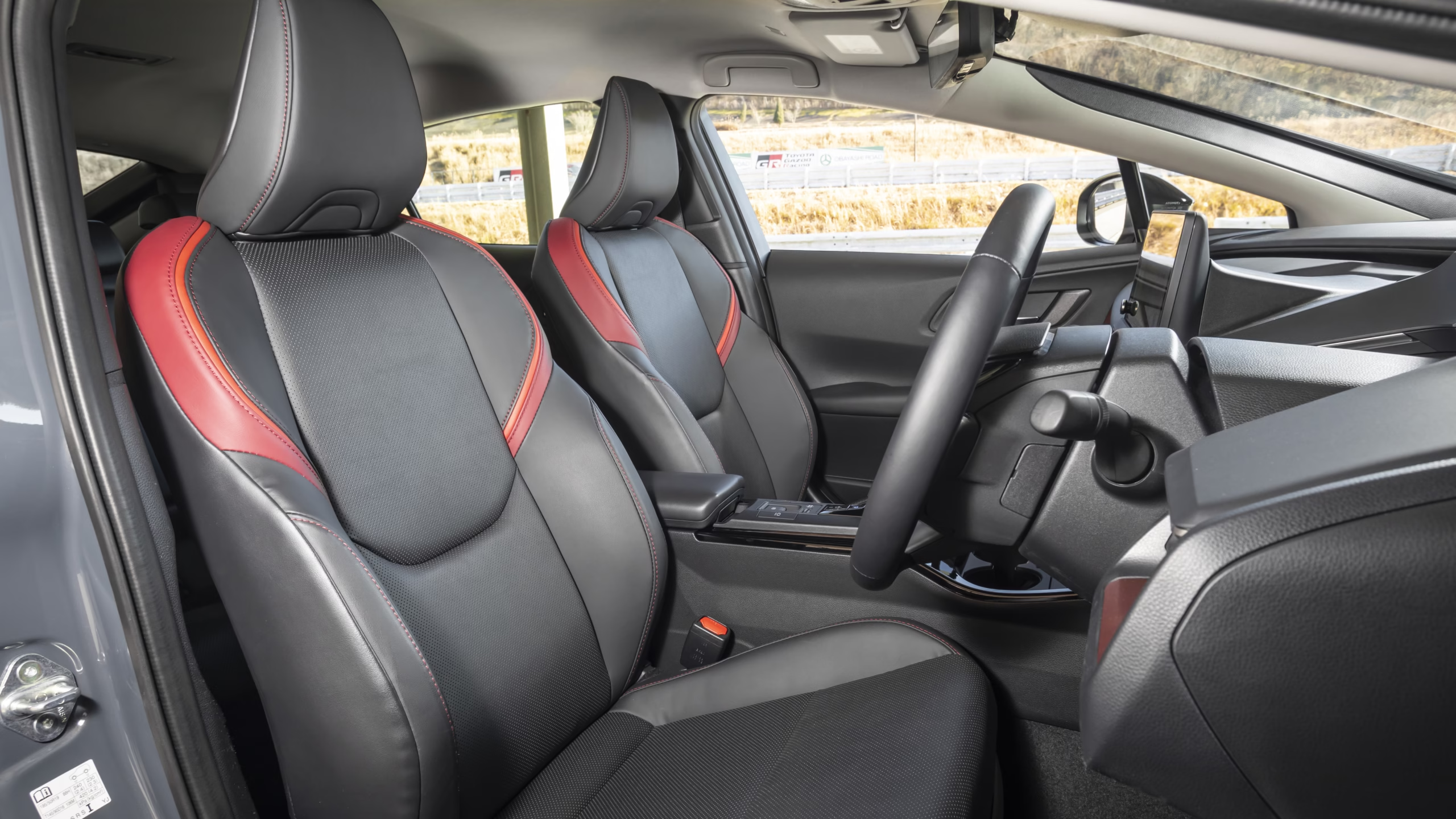
| Front Headroom | 96.5 cm |
| Front Legroom | 109.7 cm |
| Rear Headroom | 92.5 cm |
| Rear Legroom | 88.4 cm |
| Boot Space | 422 L (345 L in plug-in hybrids) |
The Prius promises drivers a cockpit that makes it easier to focus on driving. This entails a 7-inch top-mounted driver’s display, making it easier to view the road ahead and display all the necessary information, including navigation. The interior also gets plenty of black tones, with some trims adding red tones to balance between sophistication and sportiness.
Toyota also equips the Prius with either manual or power-adjustable seats, depending on trim. For the Prius Z trim, drivers get an eight-way power-adjustable sporty seat with synthetic leather upholstery. This version also offers two-seat position memory options, making it convenient to switch drivers. The base models get a six-way manual adjustable seat with only slide and reclining functions.
As for storage, the Prius gets multiple storage cubbies in the cabin, including on all four doors, in the glove box, centre console, seat back pockets and a side seat tray, which also houses a wireless charger in the Z trim. In the boot, the Prius boasts a lowered floor and a linear opening, thus making it easier to unload and load. The rear seats also fold 6:4, offering expanded luggage space by either folding down one or both sides.
Infotainment and Technology
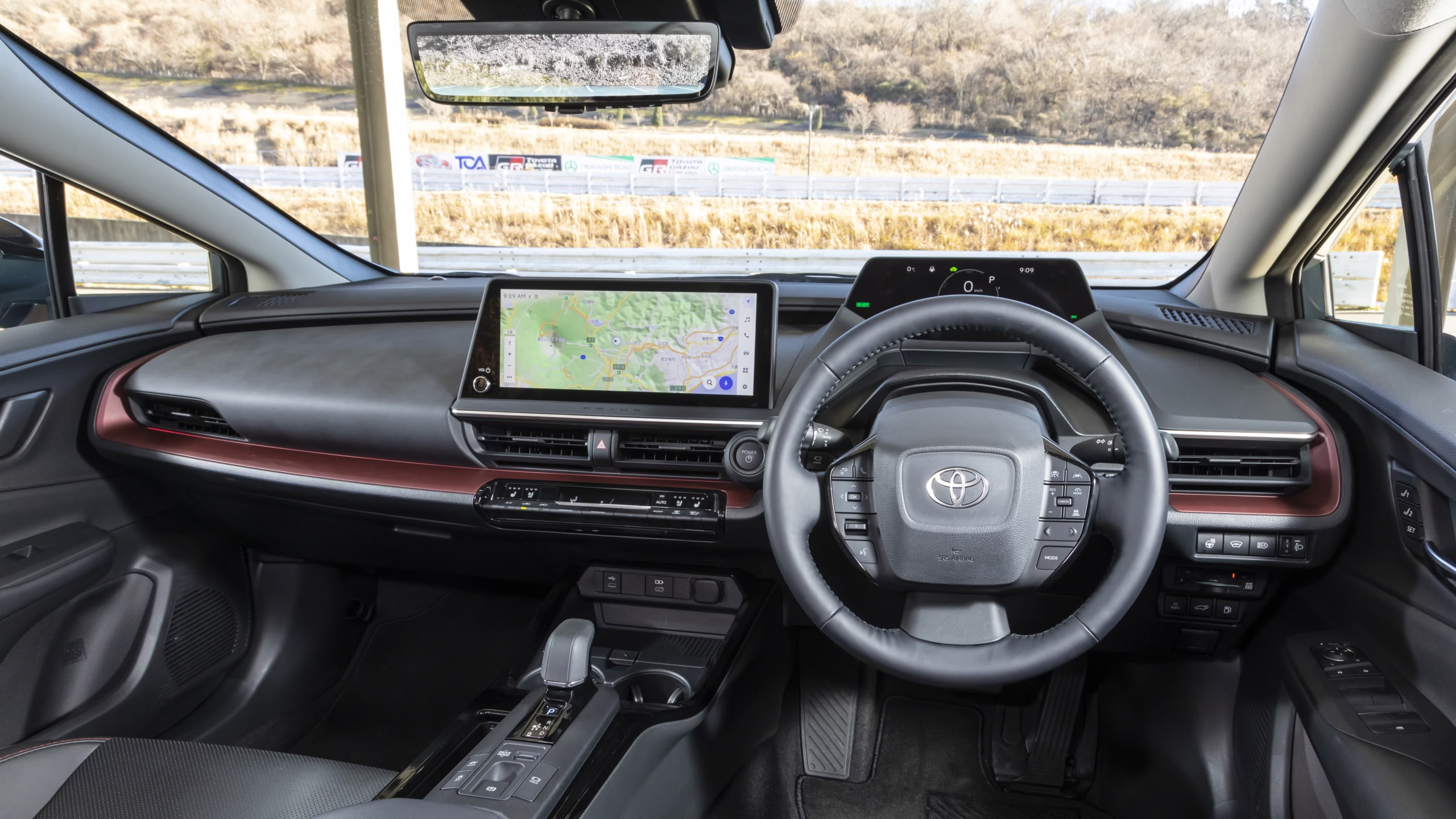
Unlike its predecessor, the Prius is laden with technology. It boasts a large 12.3-inch infotainment display in the Z trim. While the base trim isn’t available with an infotainment display, the smallest option is an 8-inch screen, only available in the G trim. The infotainment system promises an intuitive interface and screen consistency.
In addition to its infotainment screens, the Prius also gets a button-filled steering wheel. This makes it easier to control functions like the audio system, driving assistance systems and the top-mounted 7-inch driver’s display. Besides the buttons, Toyota equips the Prius Z trim with a heated steering wheel, enhancing driver comfort.
Other heated and cooled parts of the Prius include the front seats. These seats have three temperature settings, providing comfortable warmth or ventilation depending on the weather. As for the audio, the standard system in the Prius is a six-speaker system; however, a more powerful eight-speaker JBL system is available in the higher trims.
Safety Features
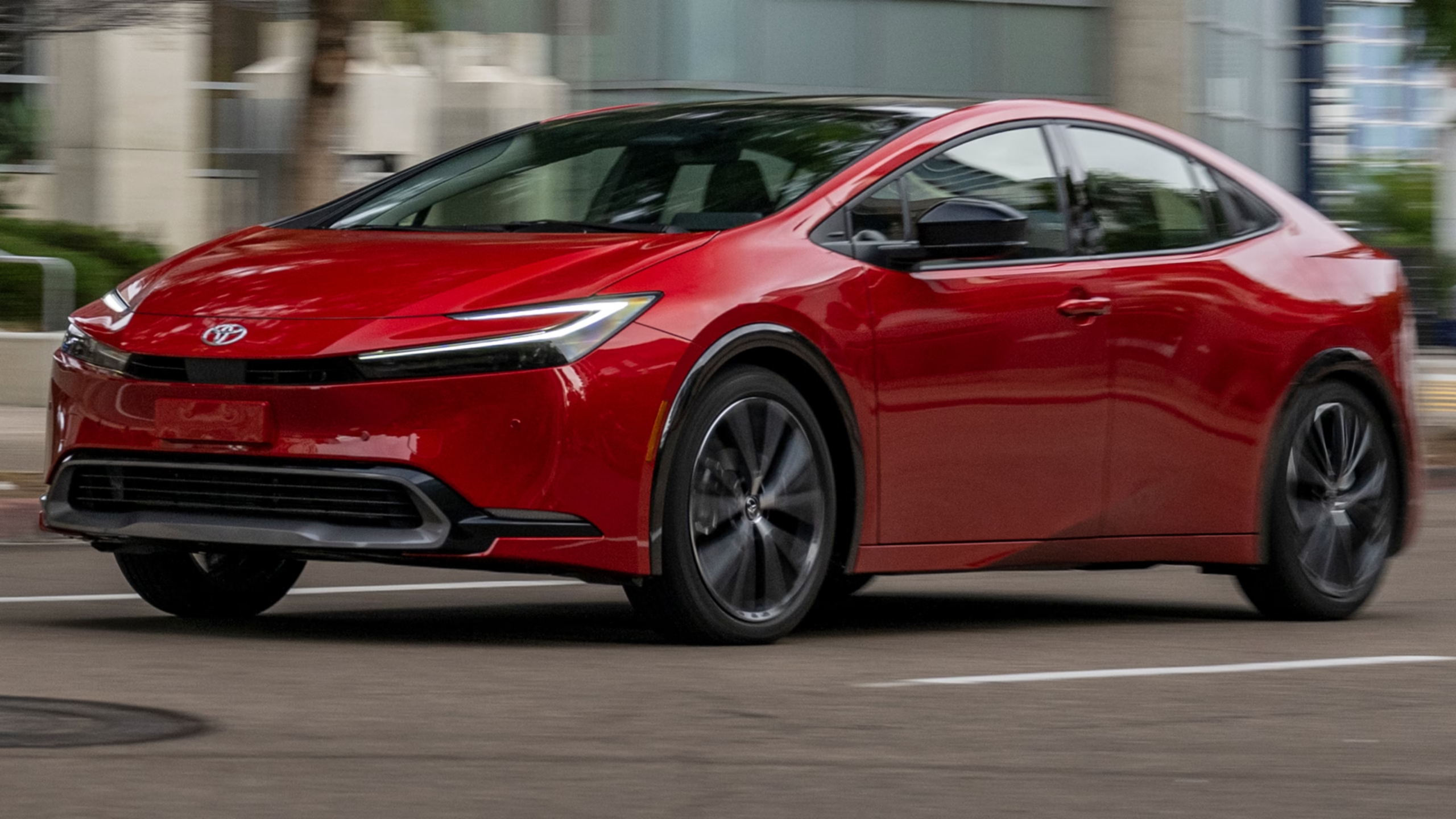
Safety is at the forefront of most Toyota vehicles. And the Prius isn’t left behind. It boasts a healthy selection of safety features, including Toyota Safety Sense which adds advanced preventive features like lane tracing assist, adaptive high beams, emergency steering assistance, radar cruise control and many more.
Toyota also equips the Prius with advanced parking assistance, known as Toyota Teammate. This system assists in all parking operations, including steering, braking, acceleration and shifting. In addition, the Prius gets an SRS airbag system, with integrated front and rear side curtain airbags, front side airbags, drive and passenger airbags and a driver knee airbag.
Warranty Coverage
Toyota offers a three-year or 58,000-kilometre limited warranty, a two-year or 40,000-kilometre complimentary maintenance, a ten-year or 240,000-kilometre hybrid warranty and a five-year or 100,000-kilometre powertrain warranty.
Let MotorQuips help you find your perfect car. Contact us today.

